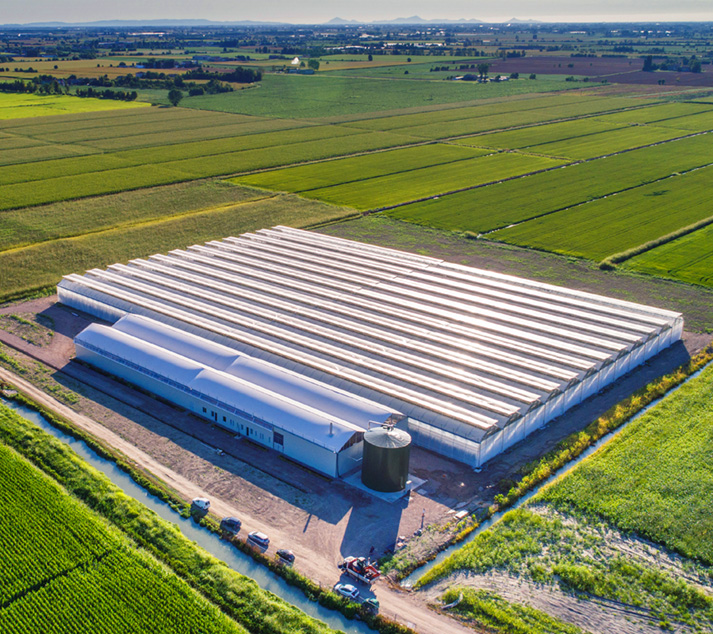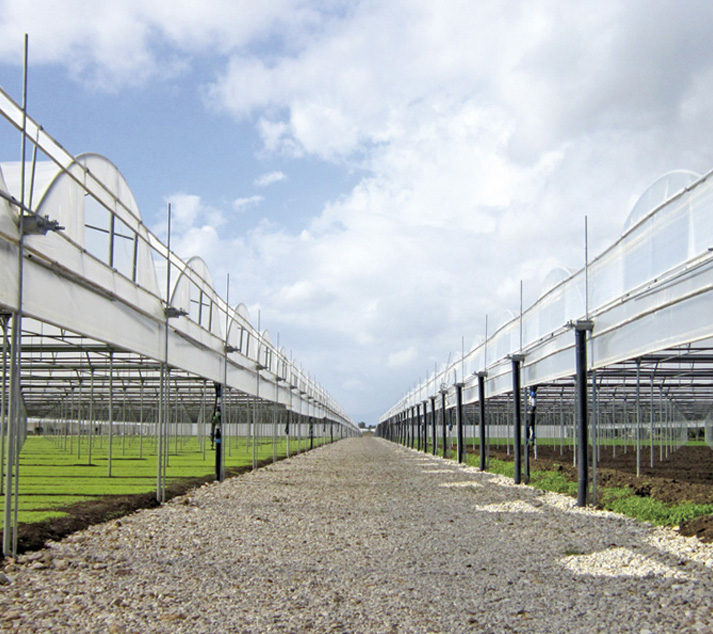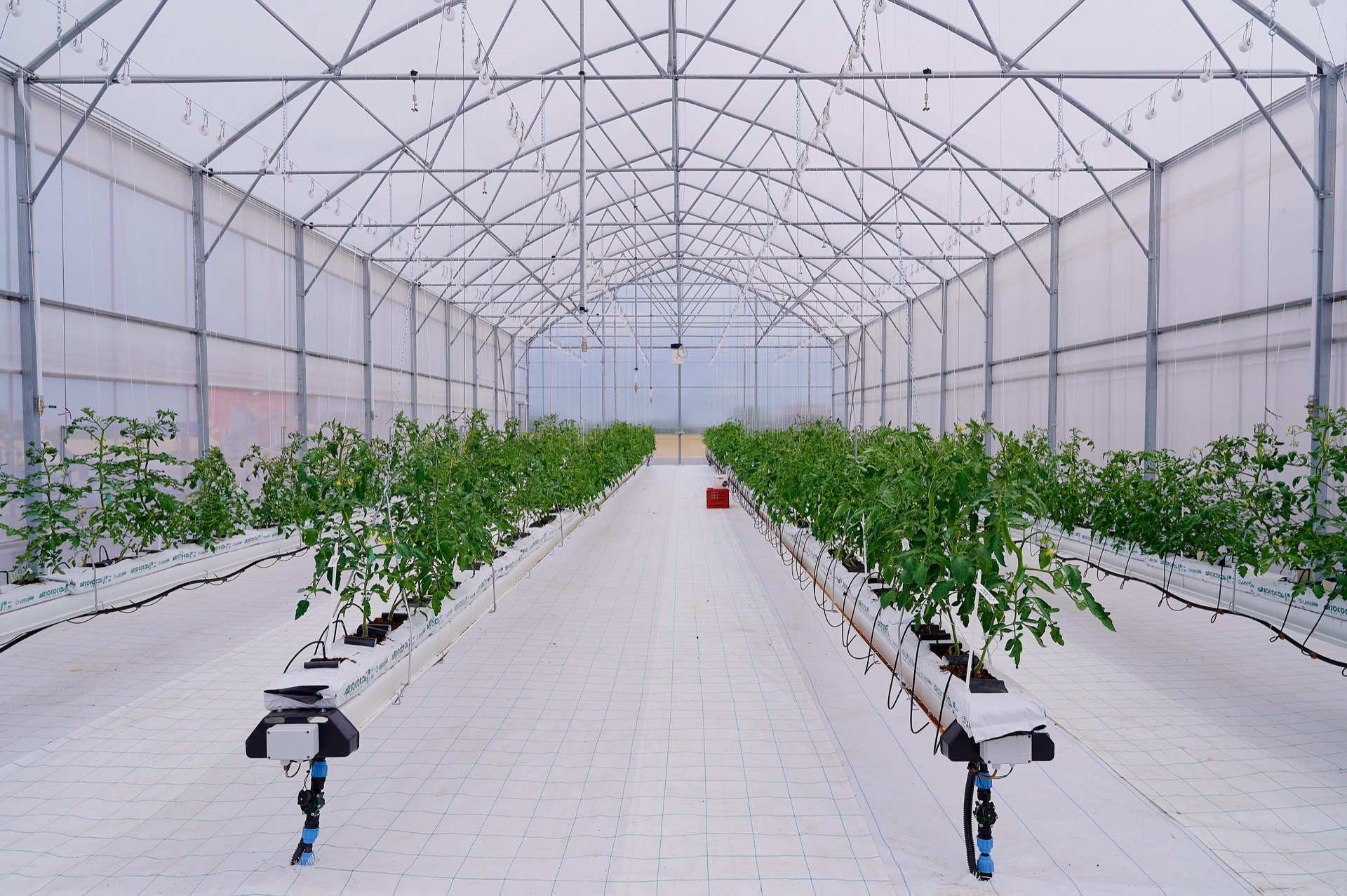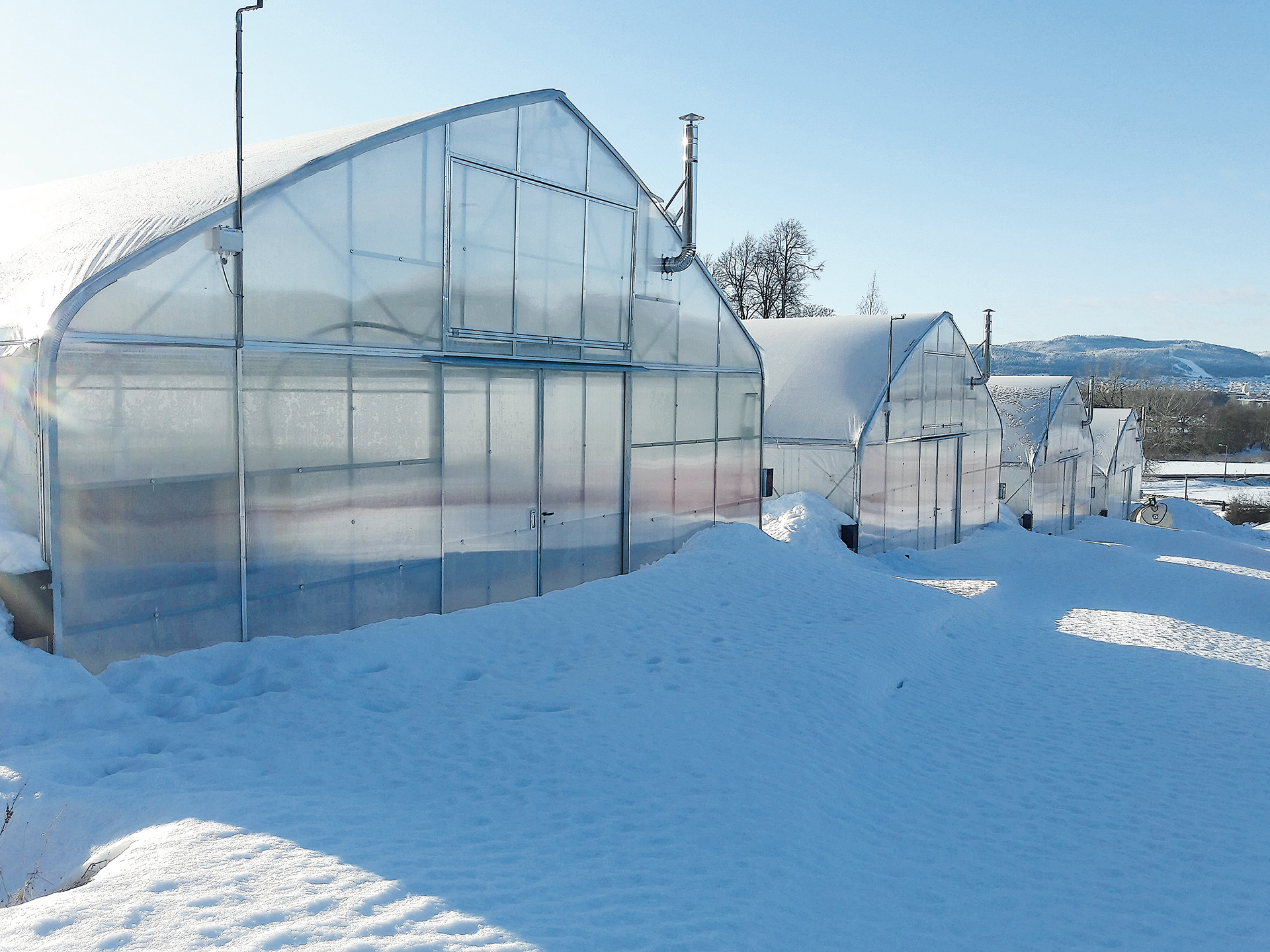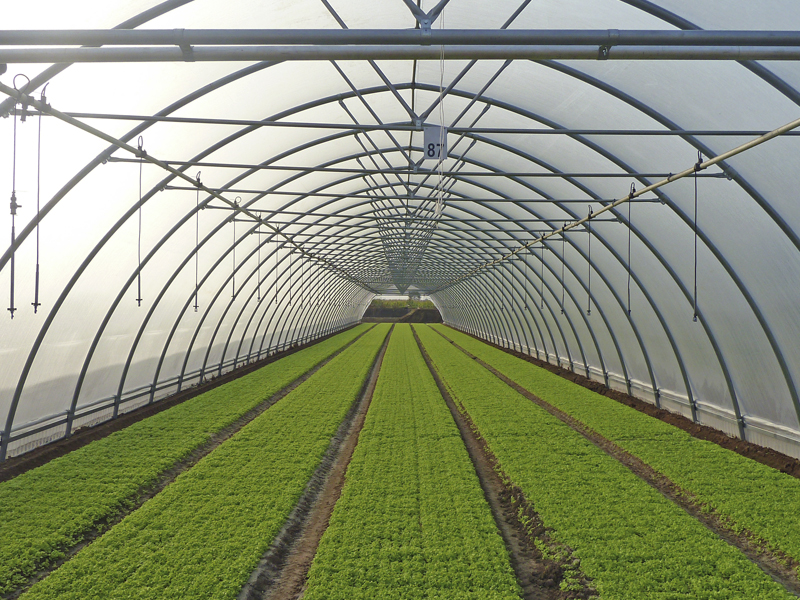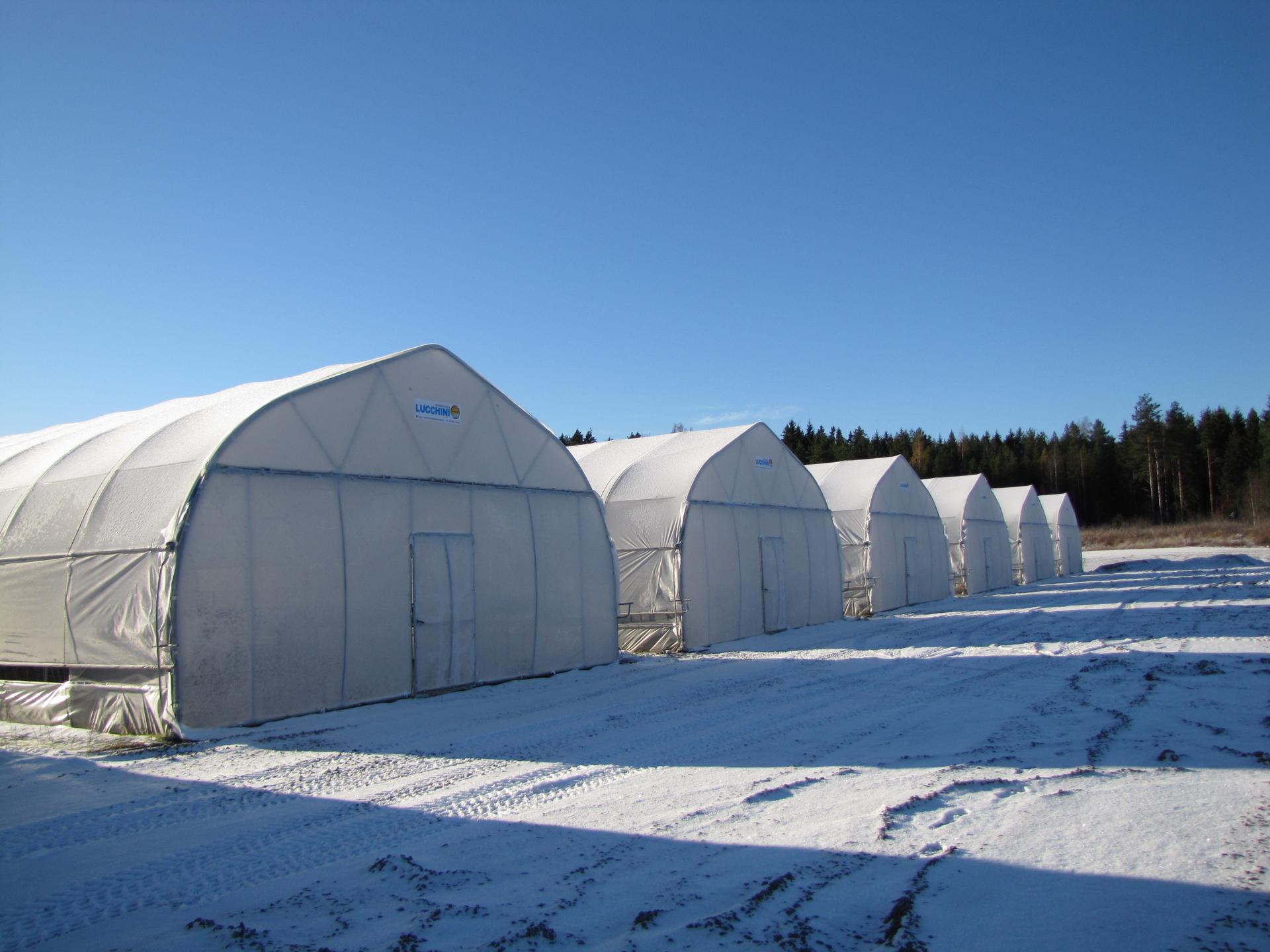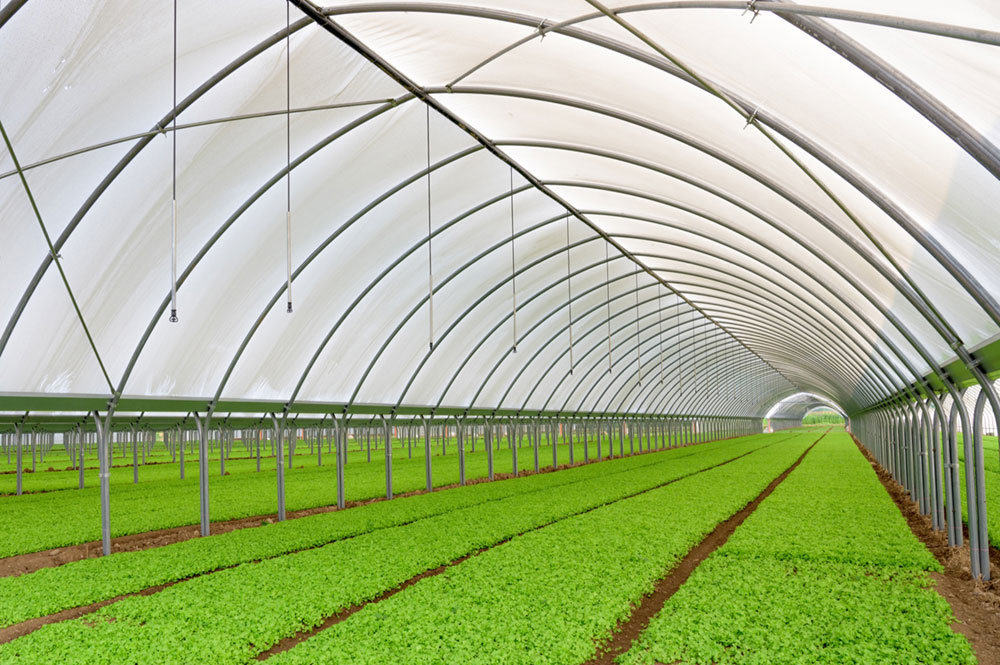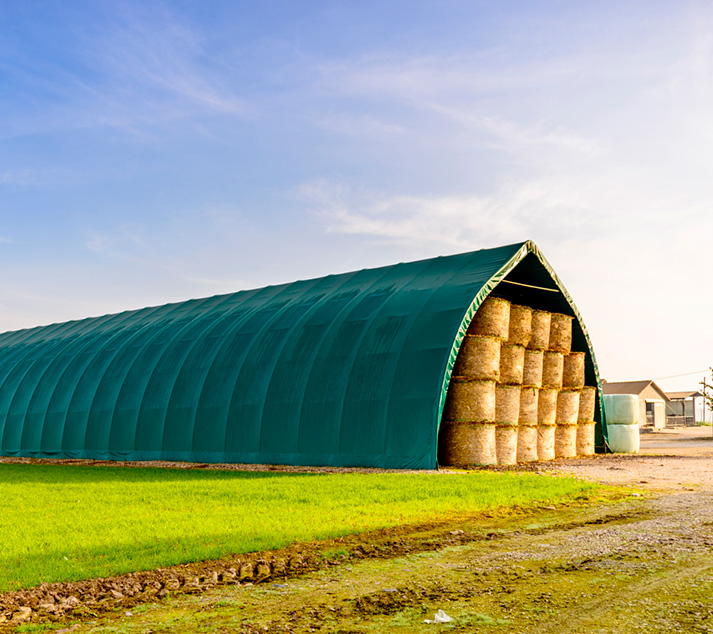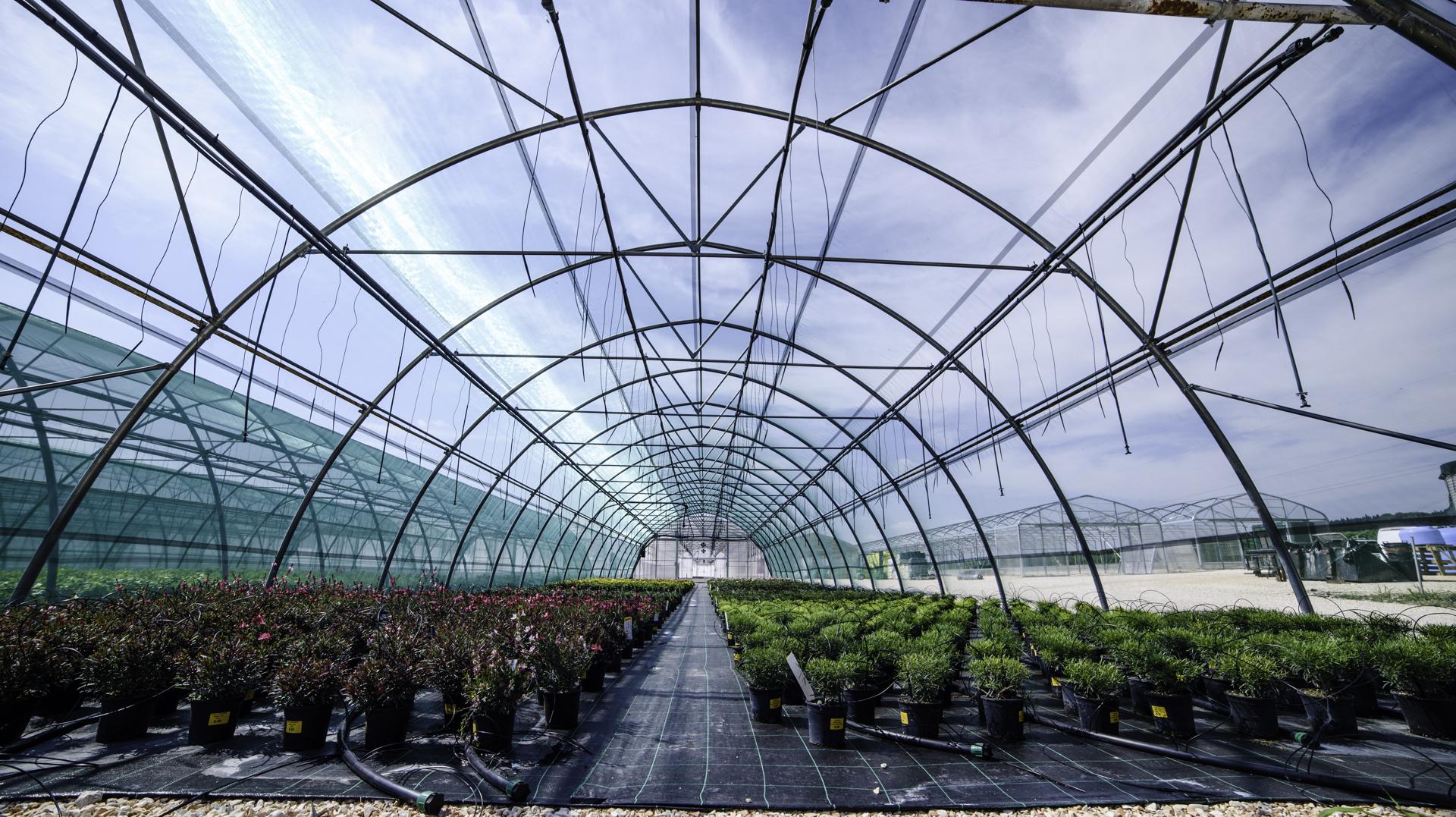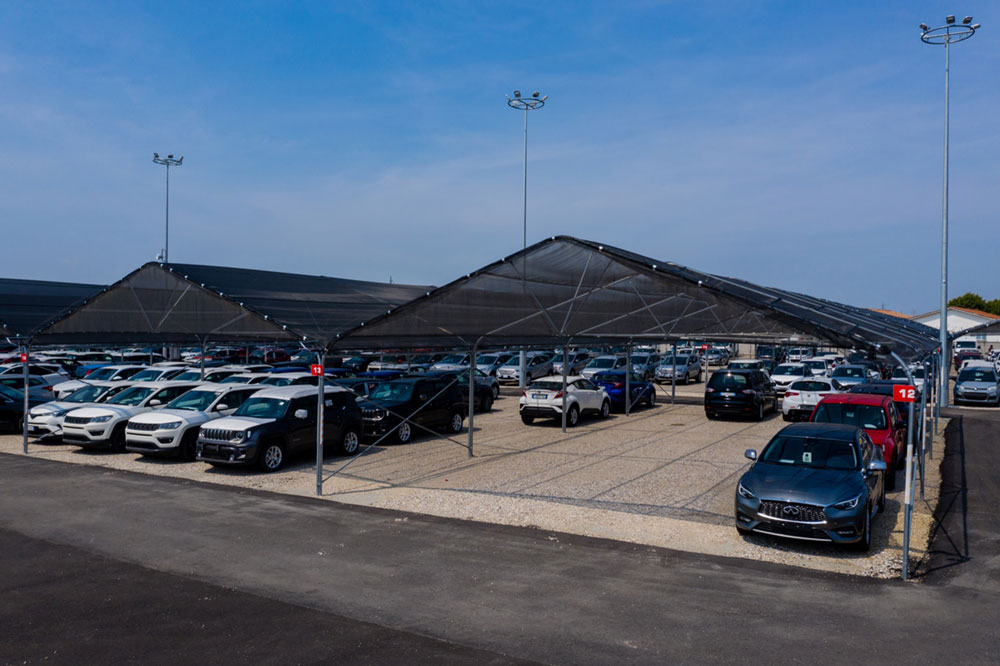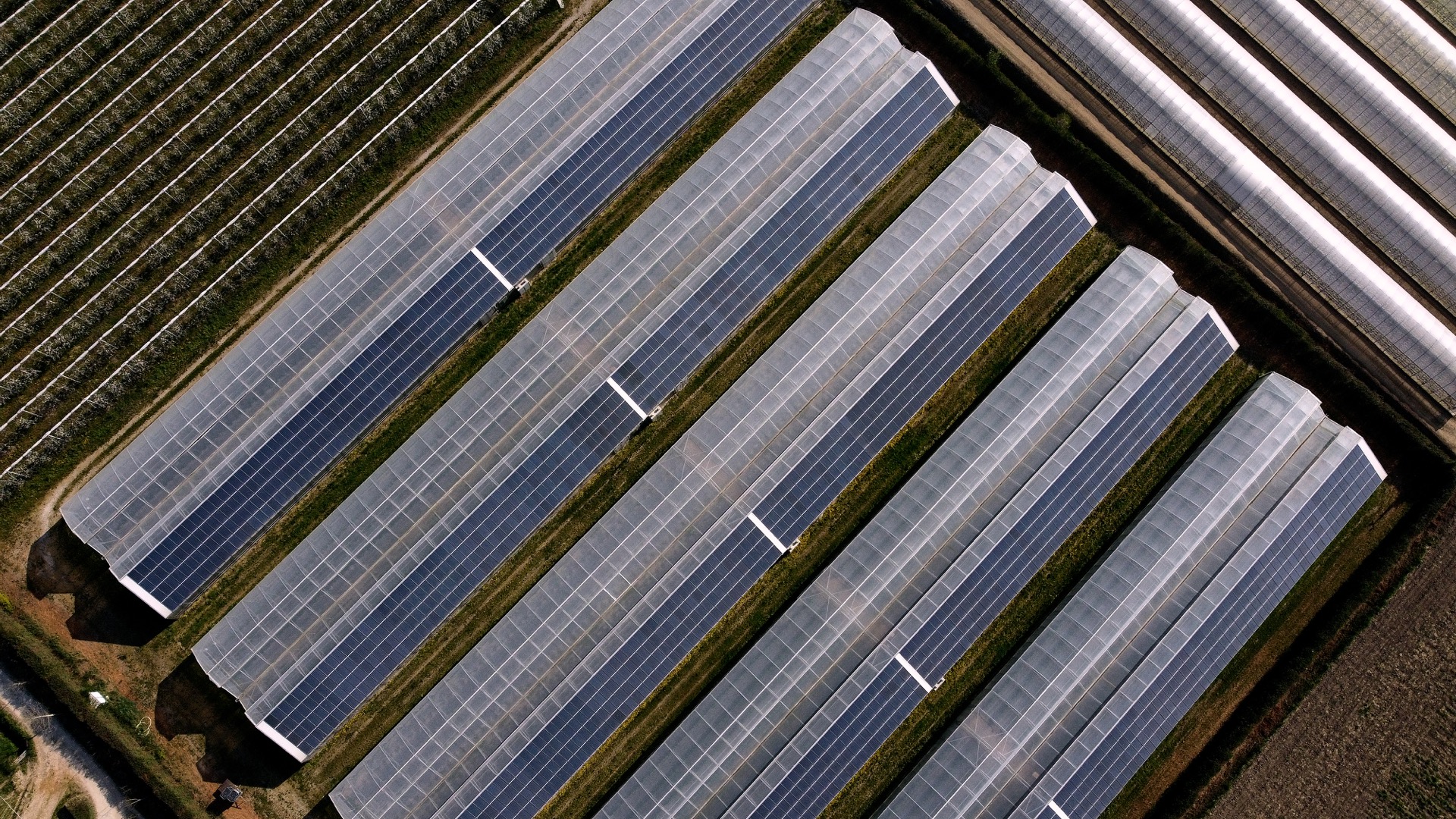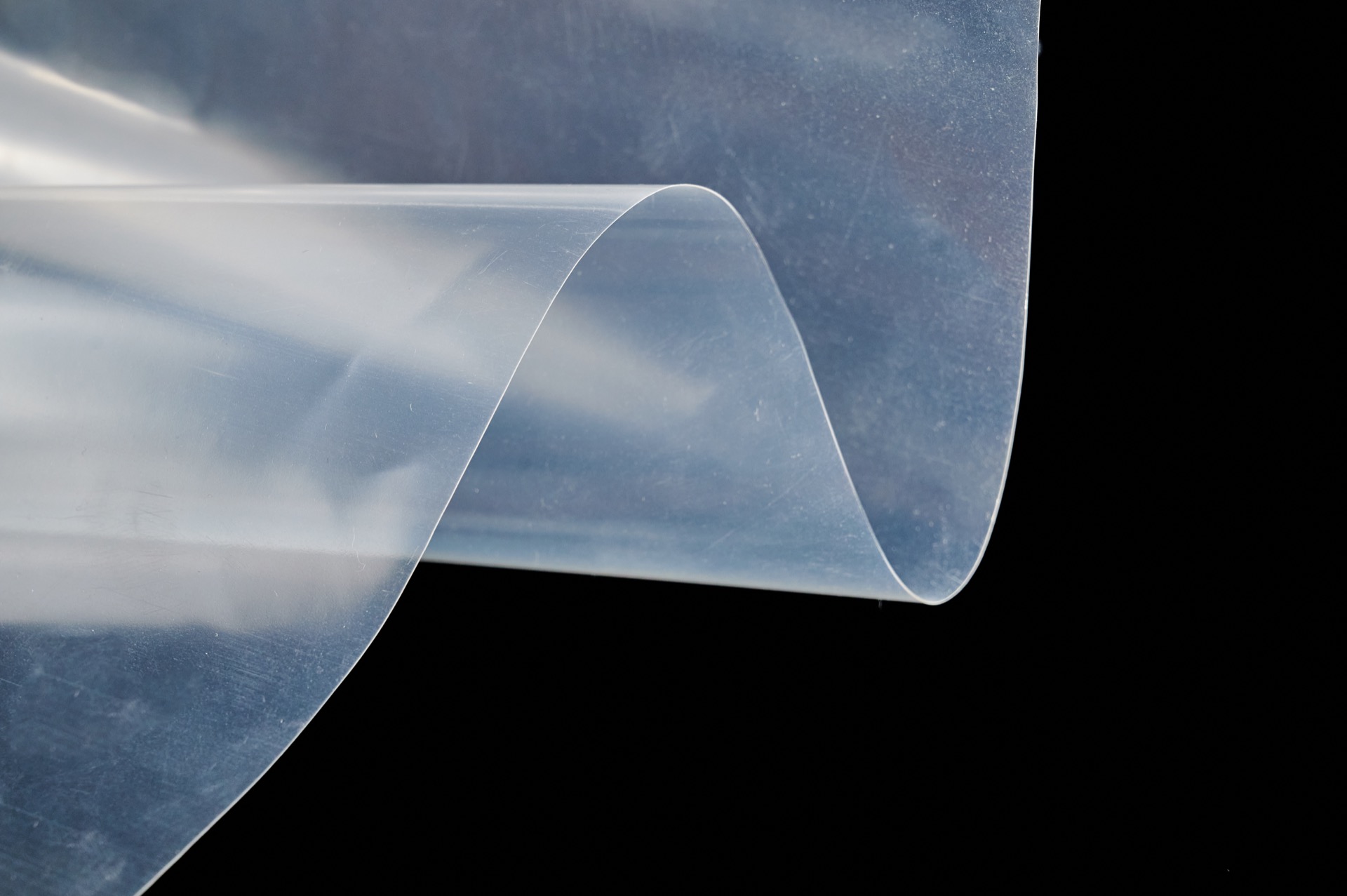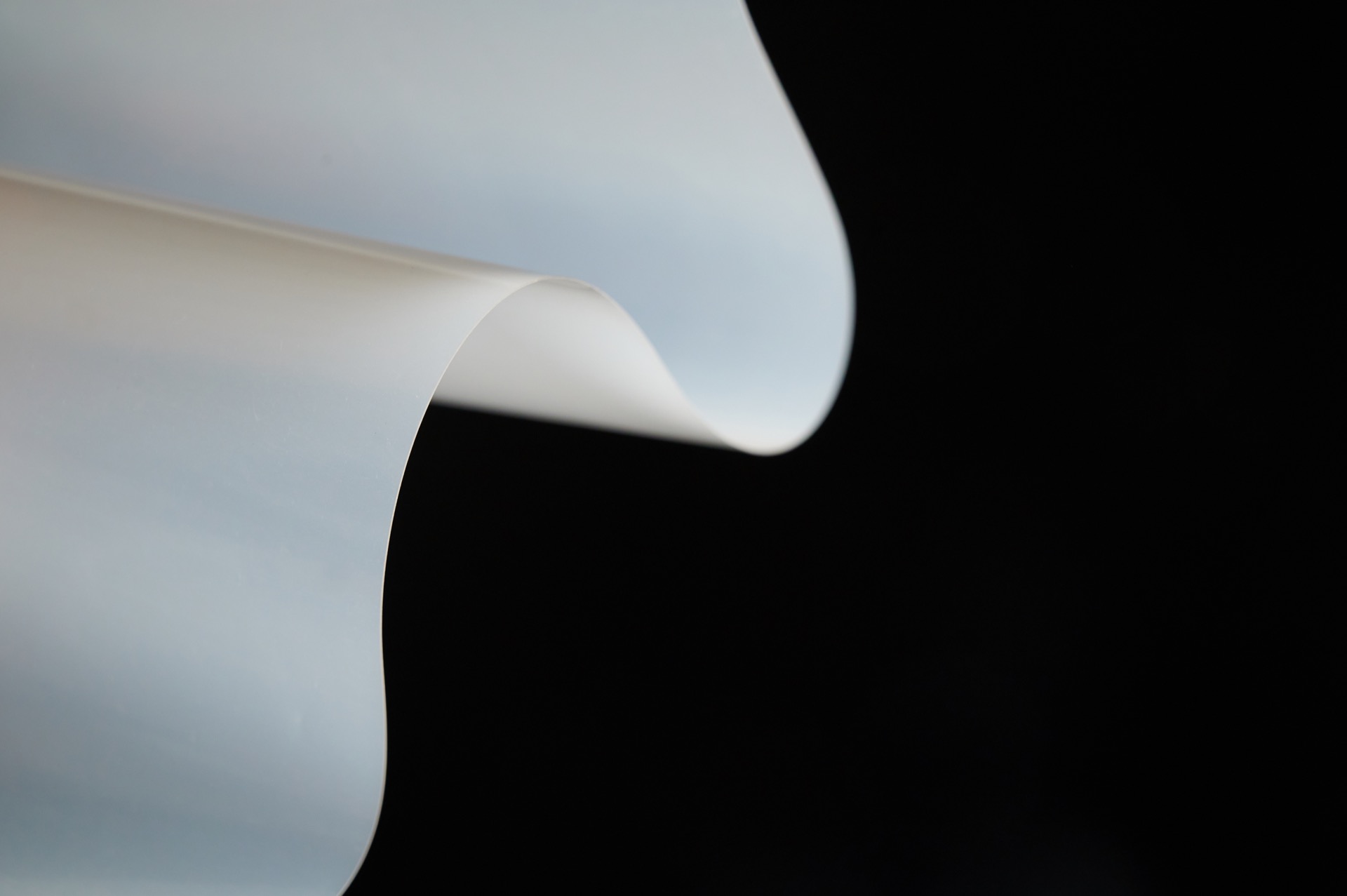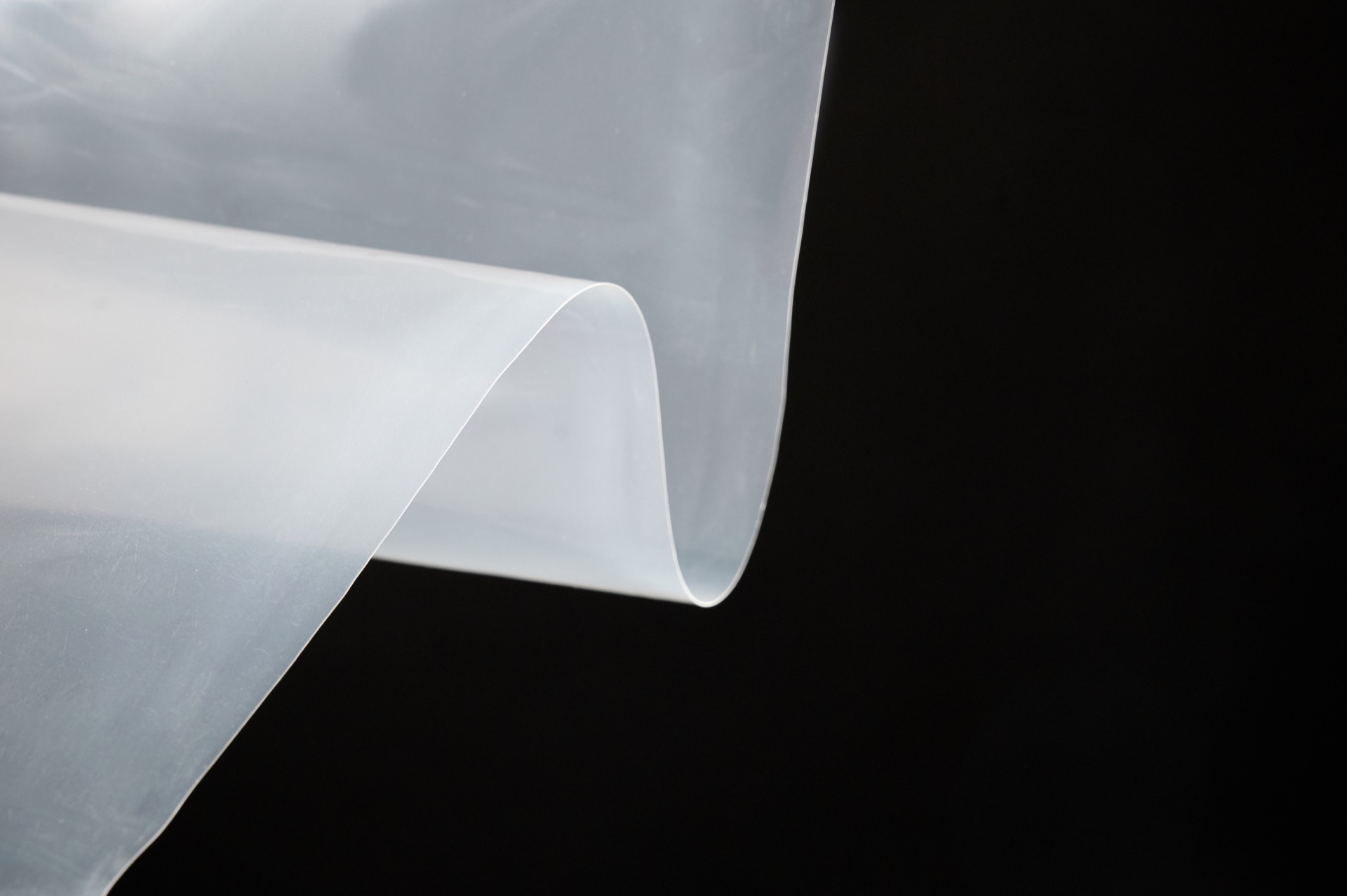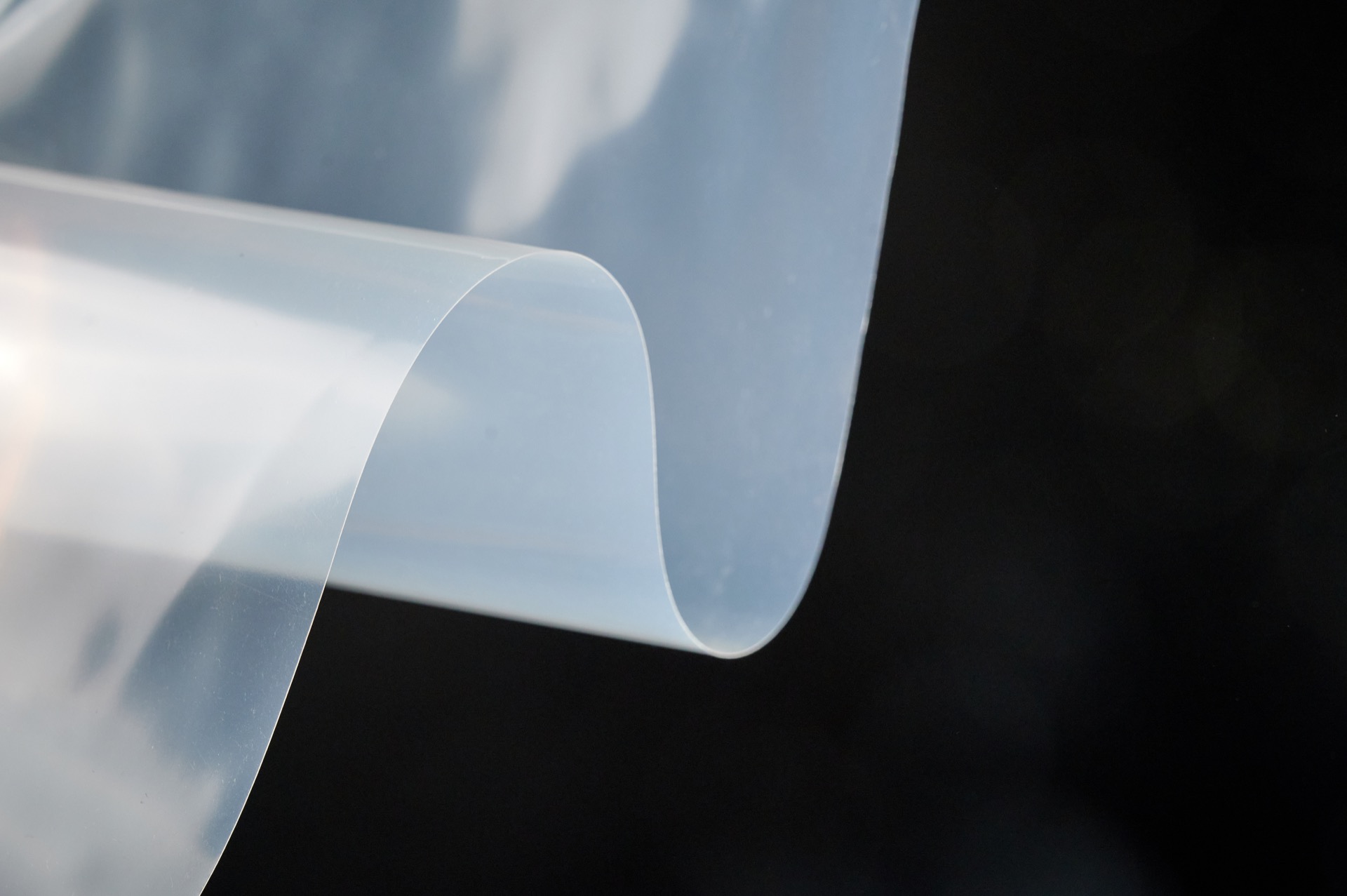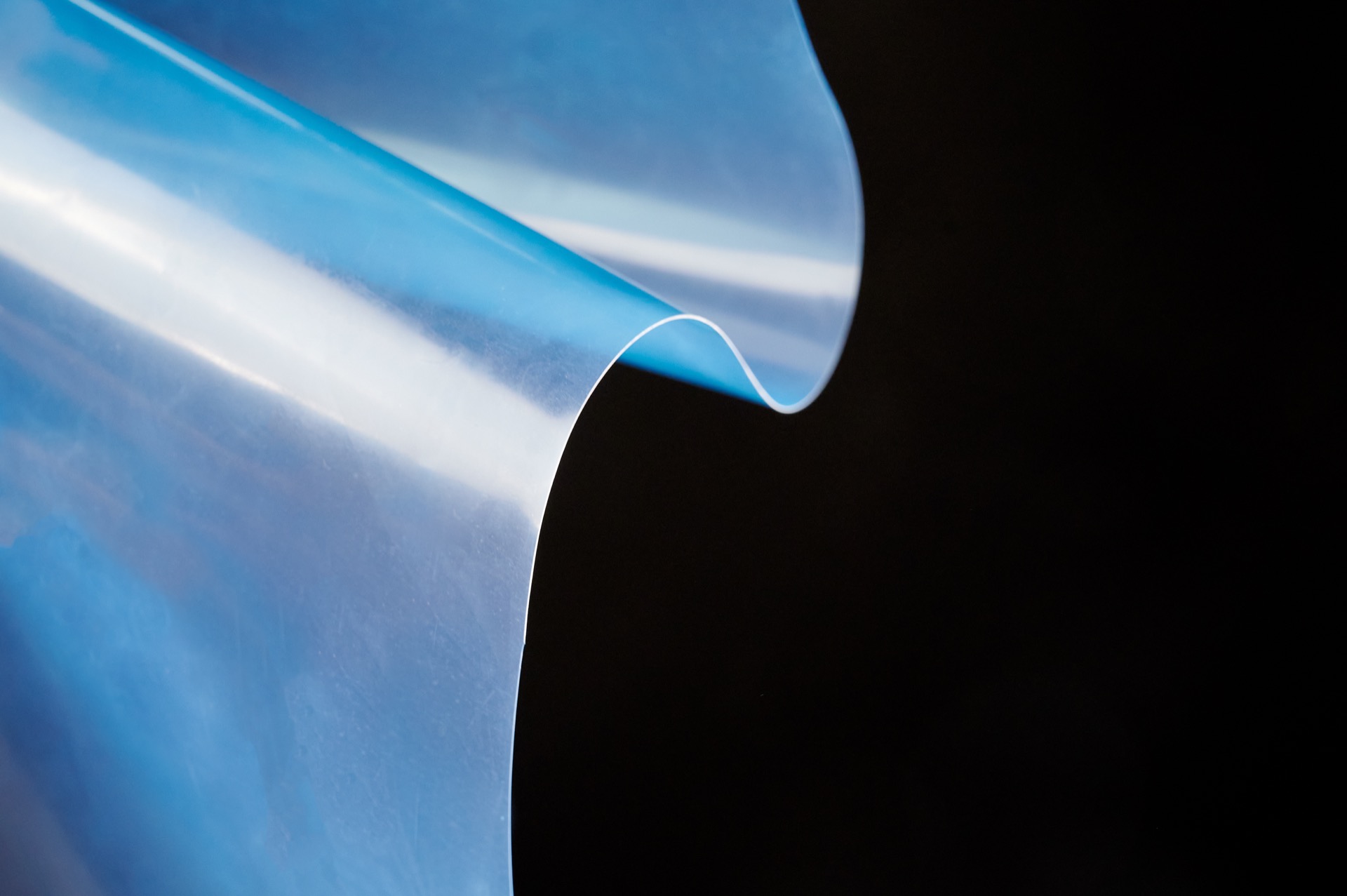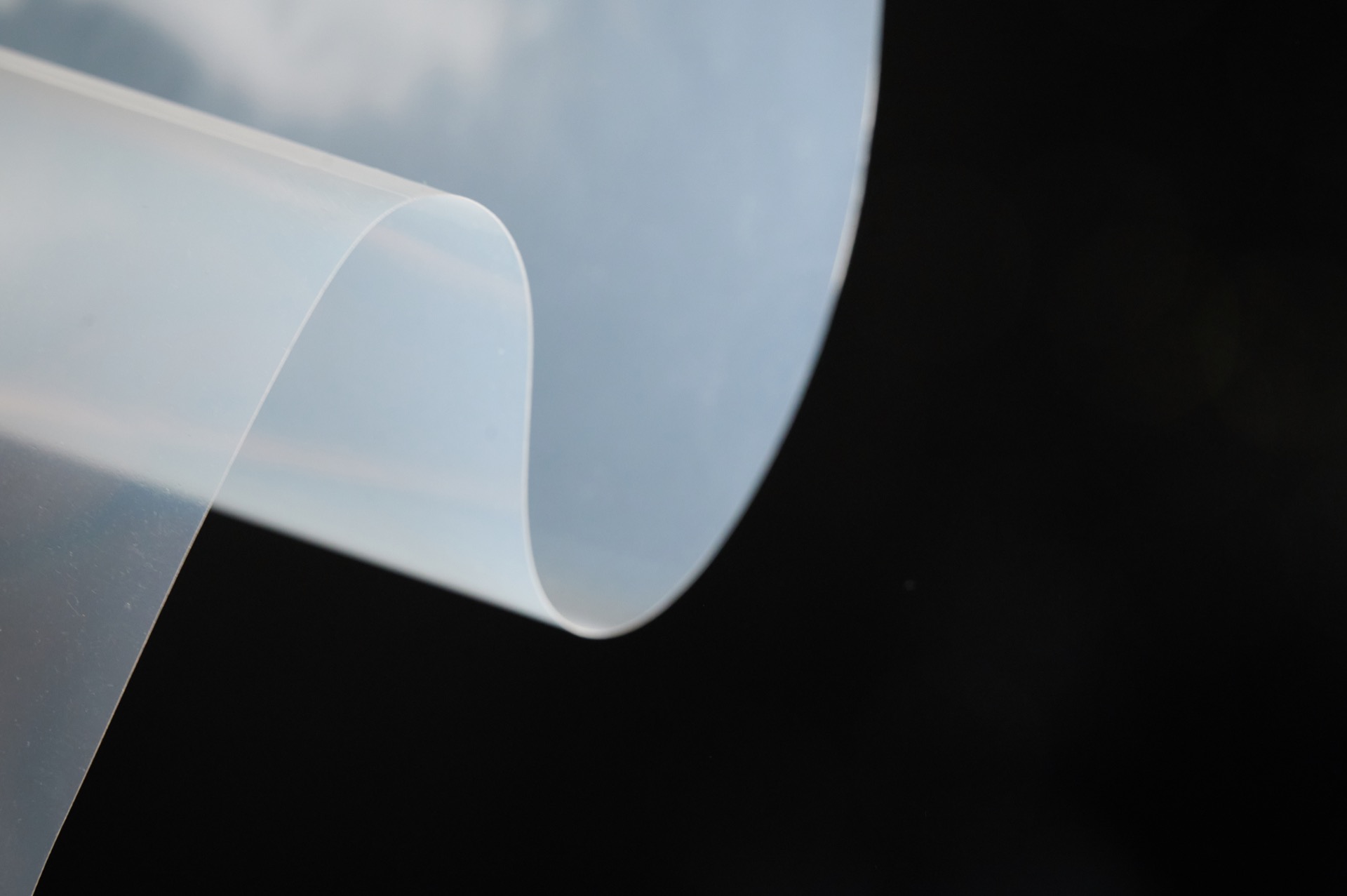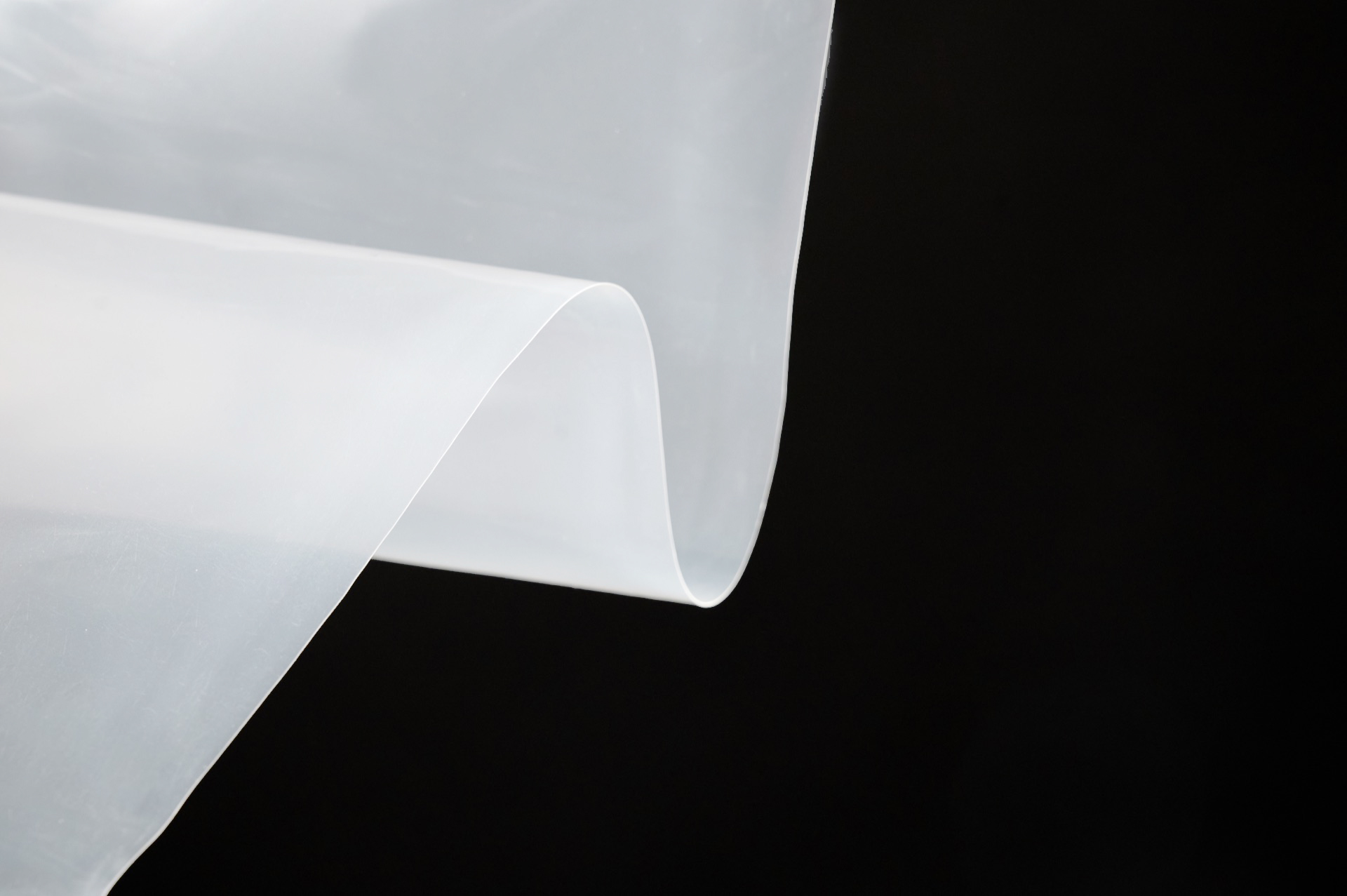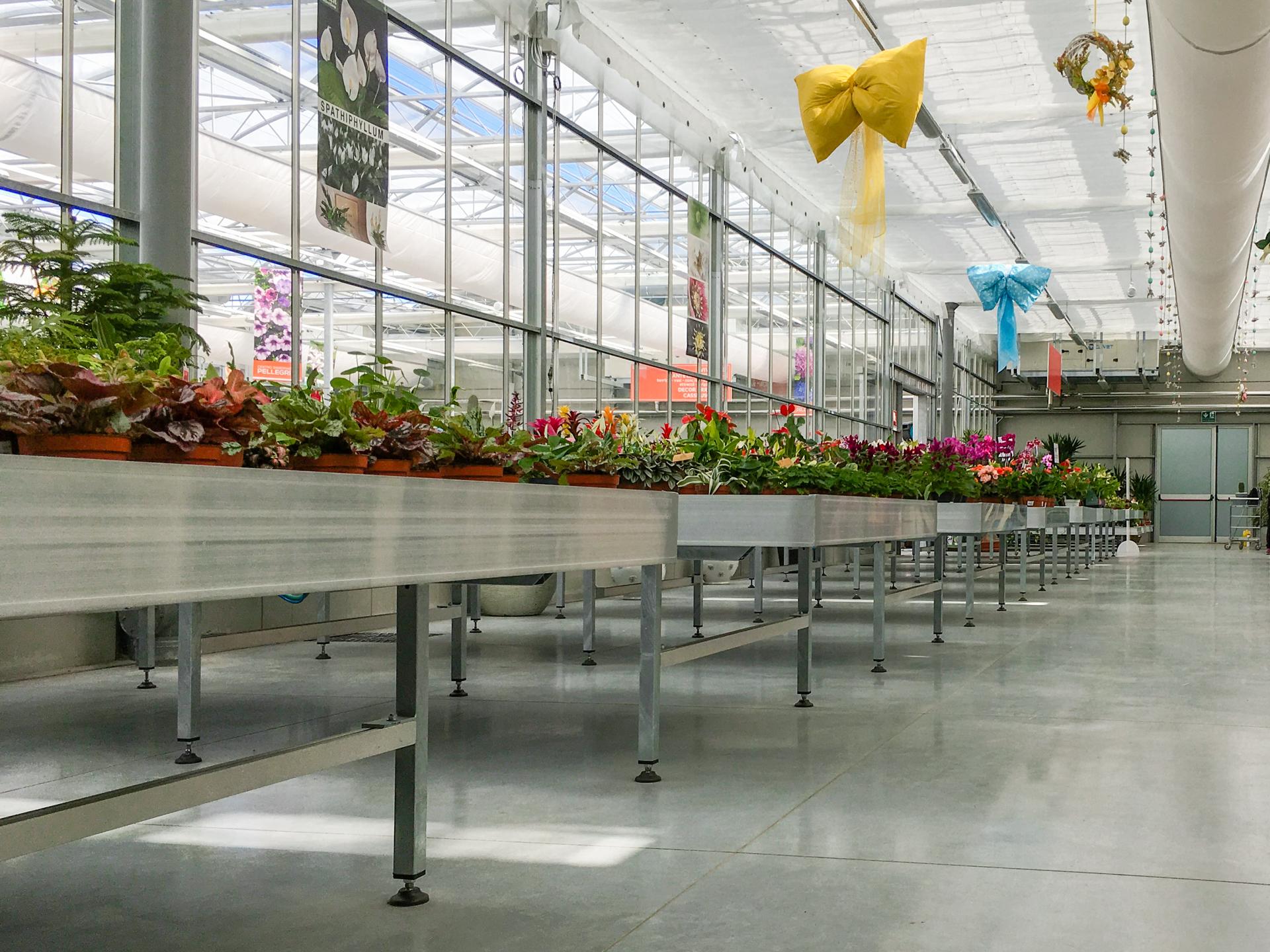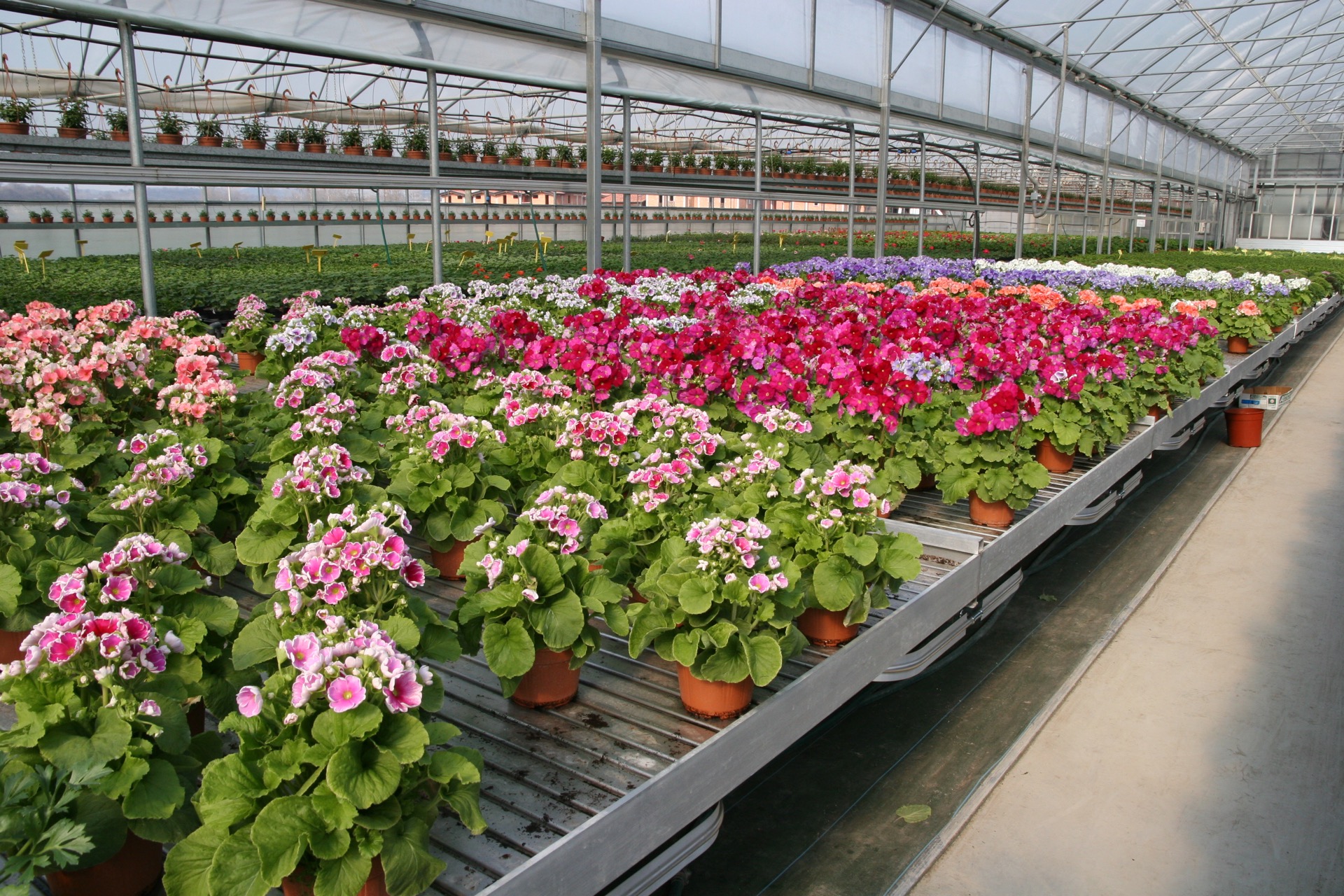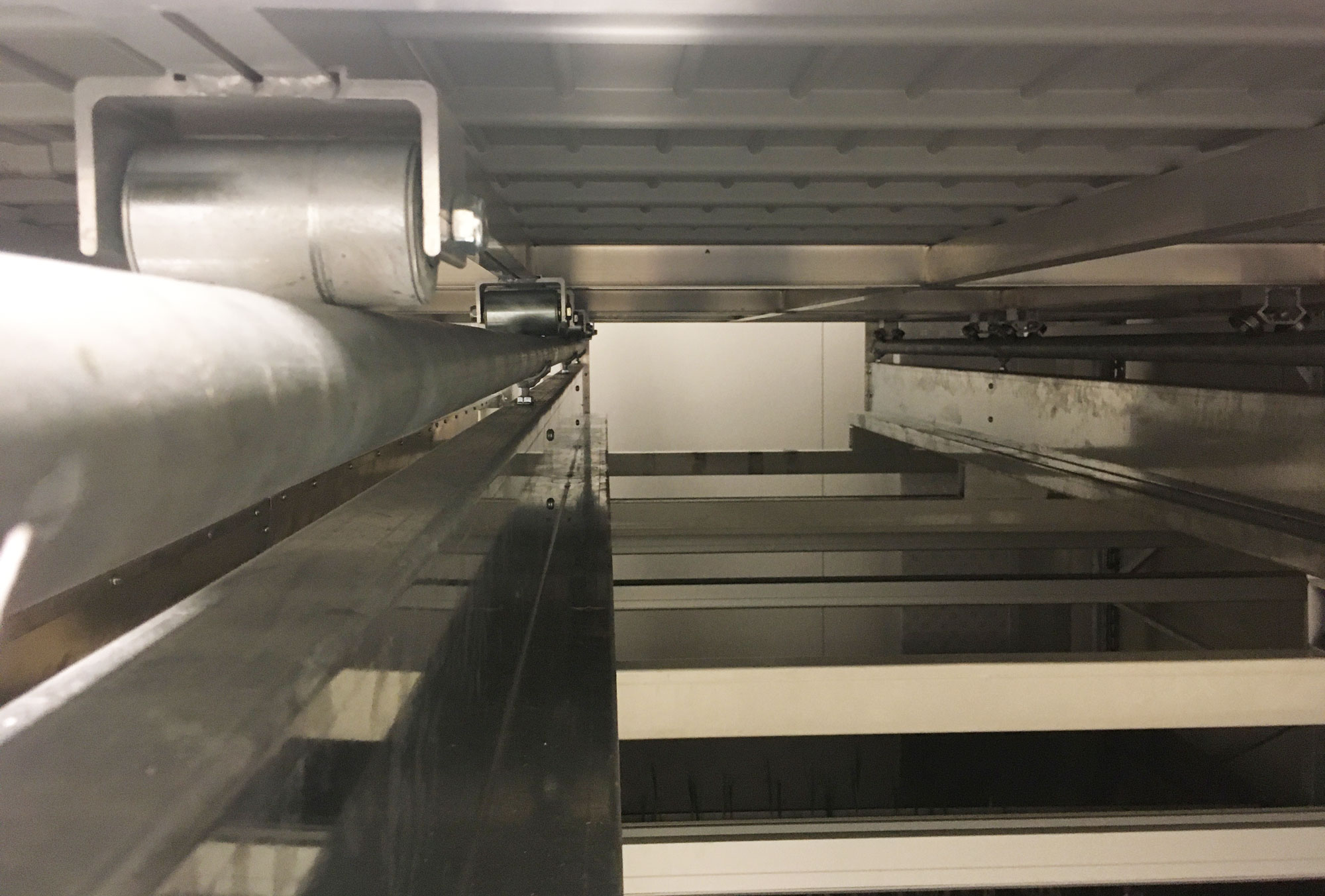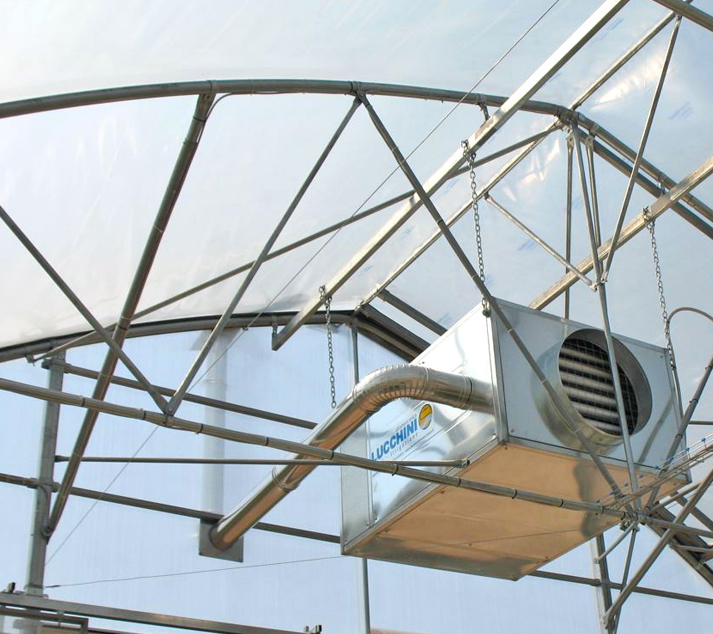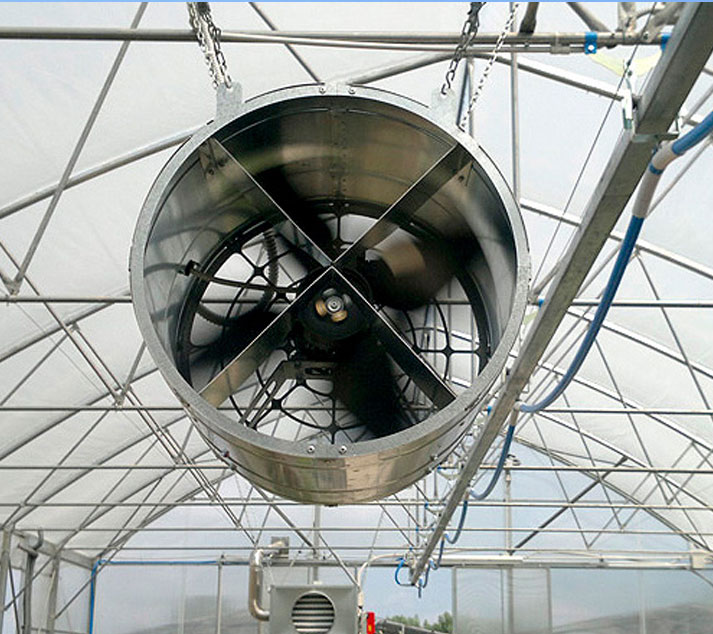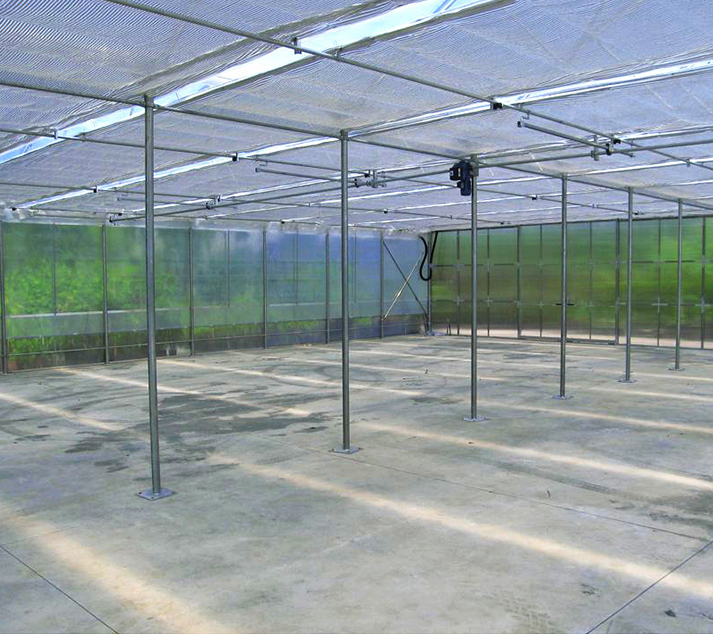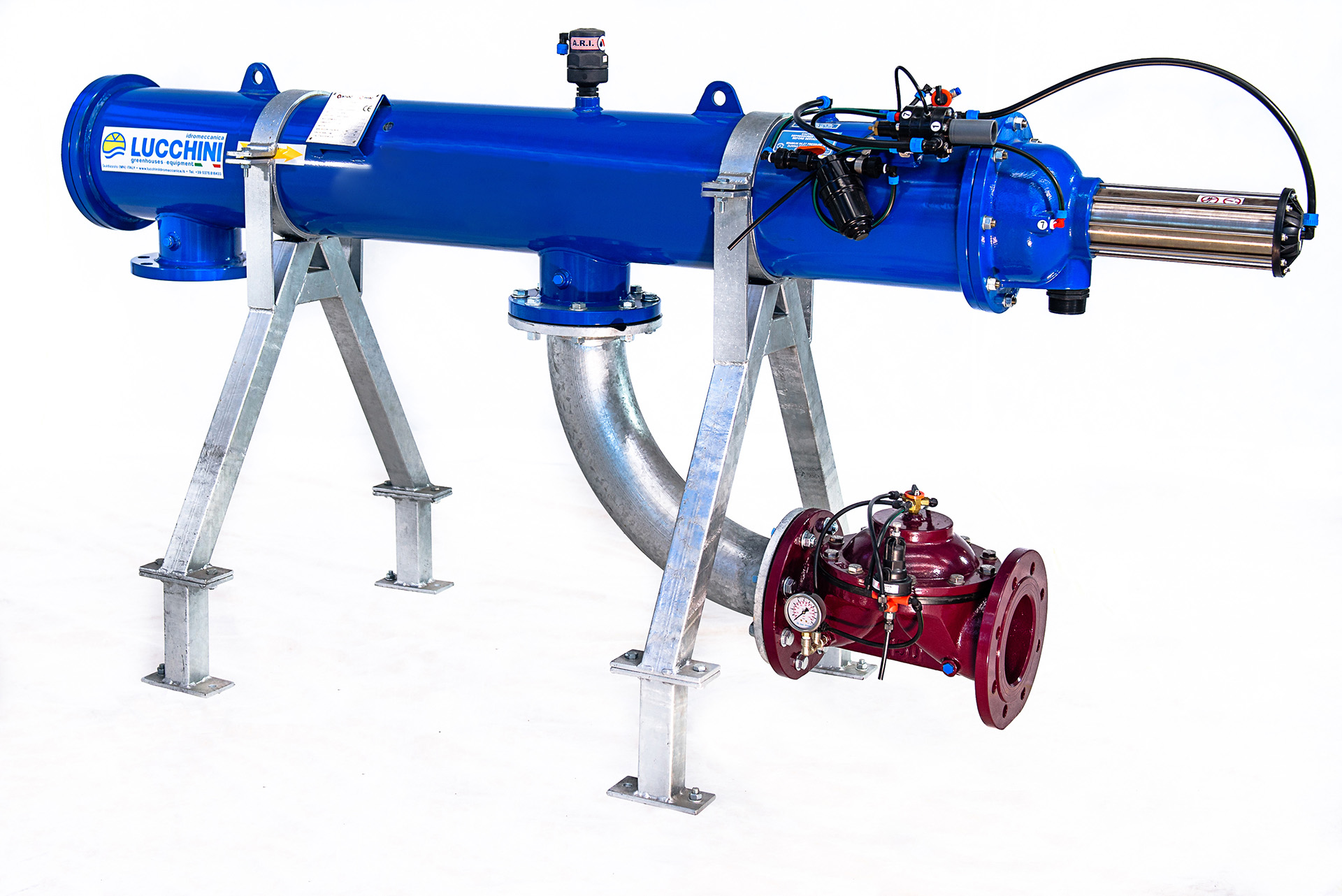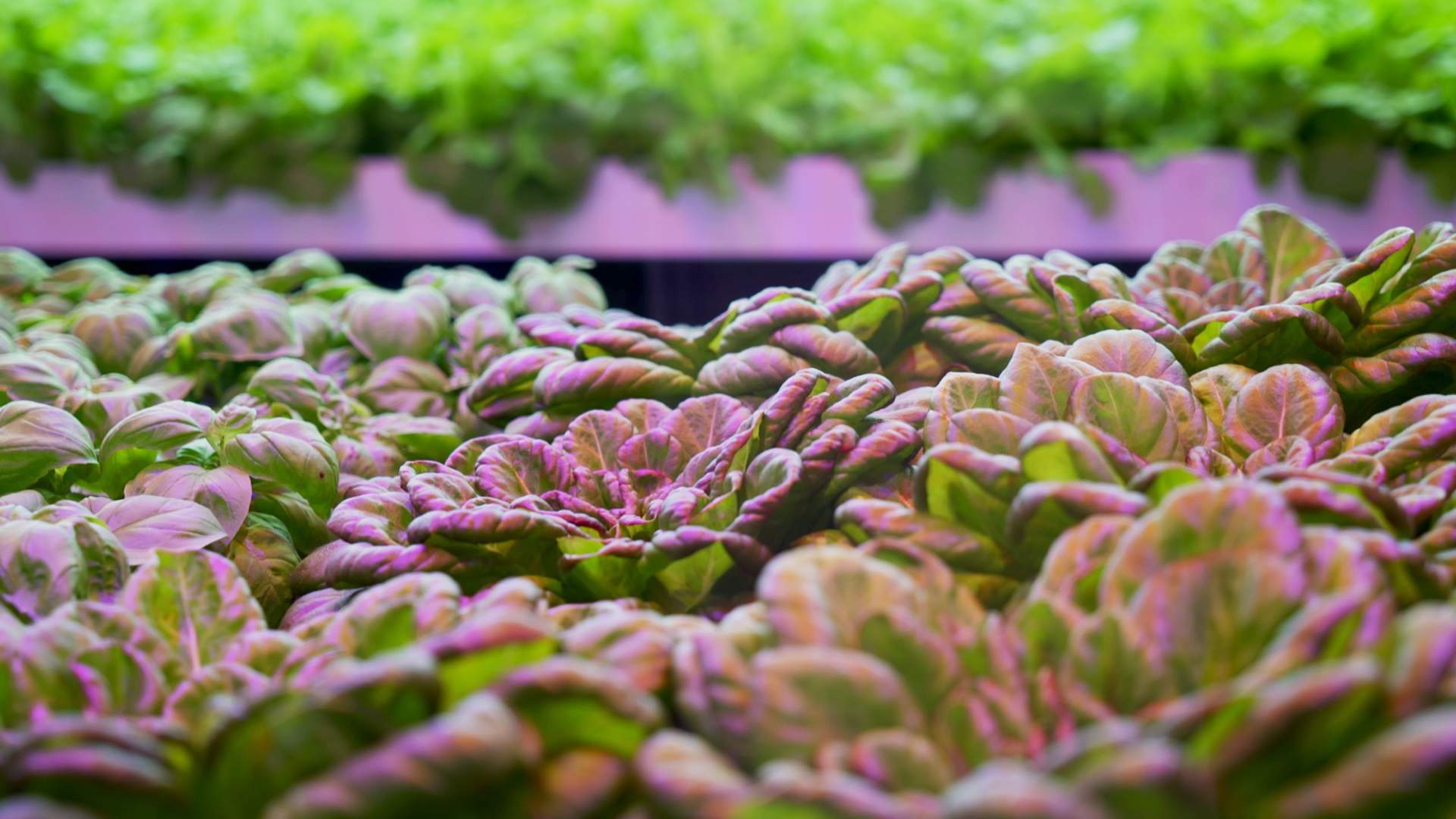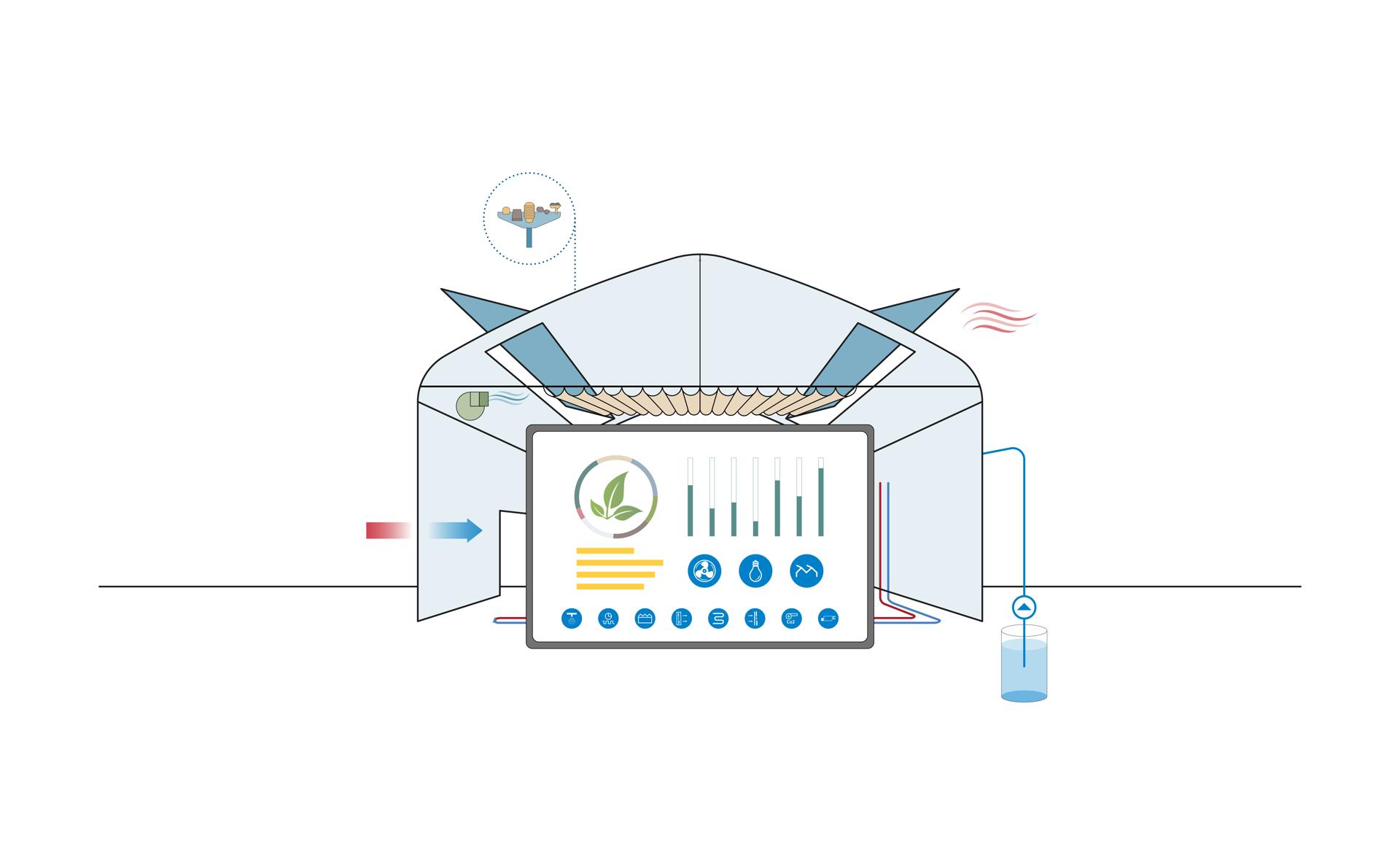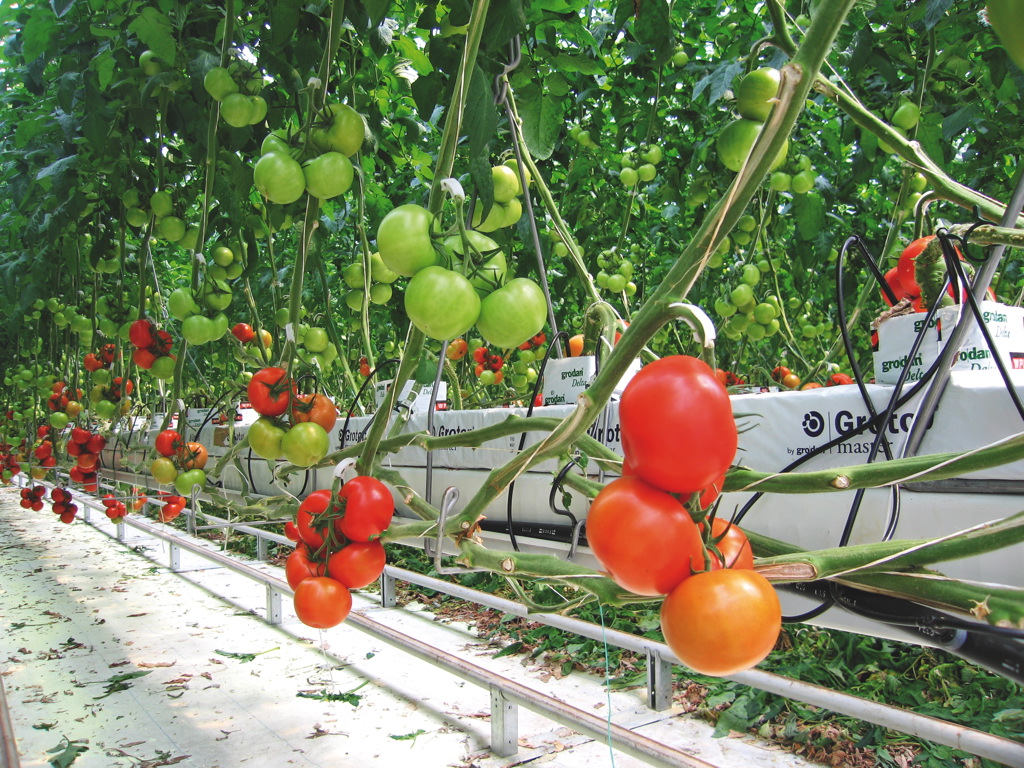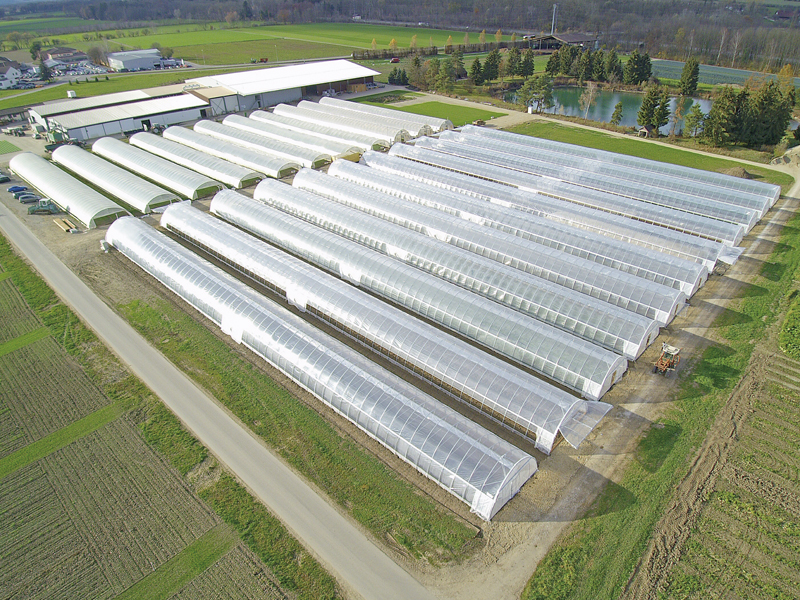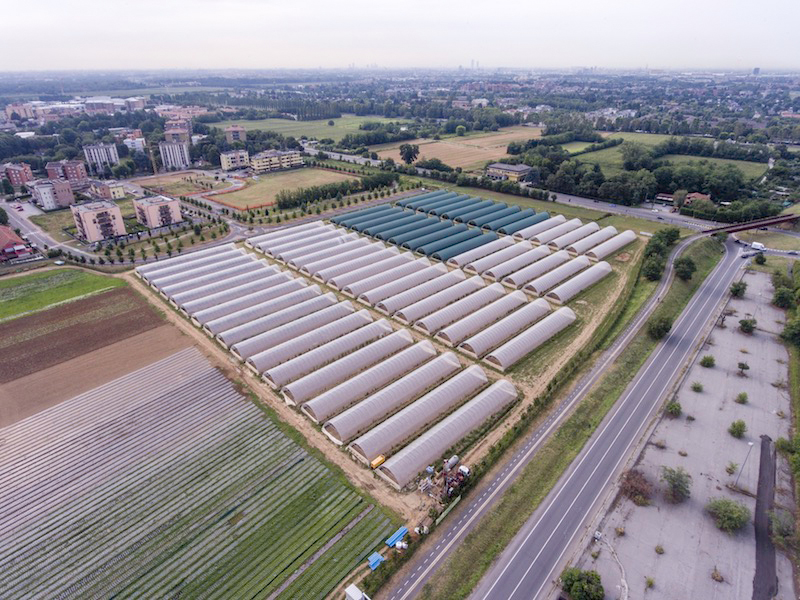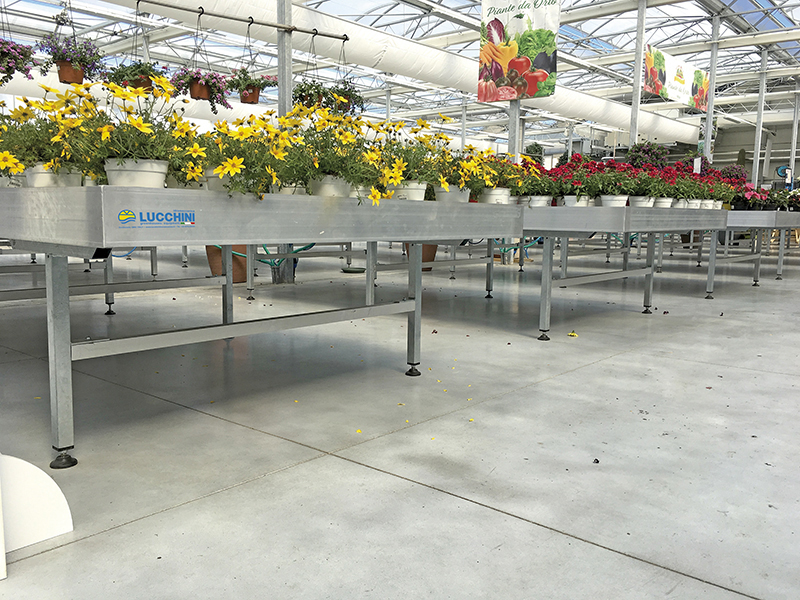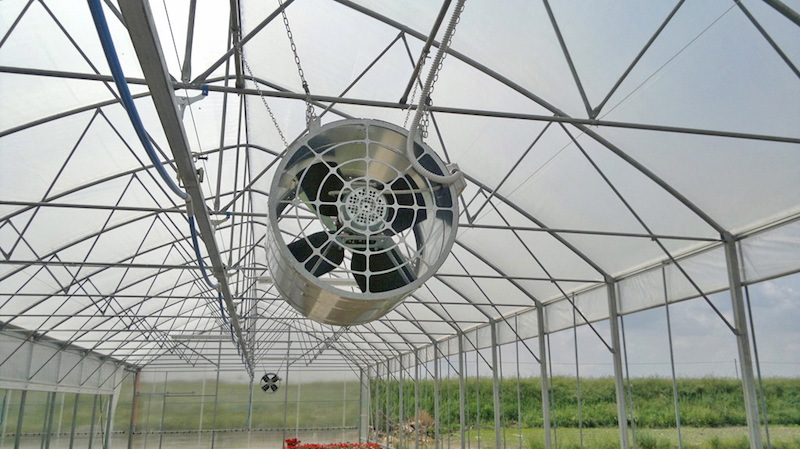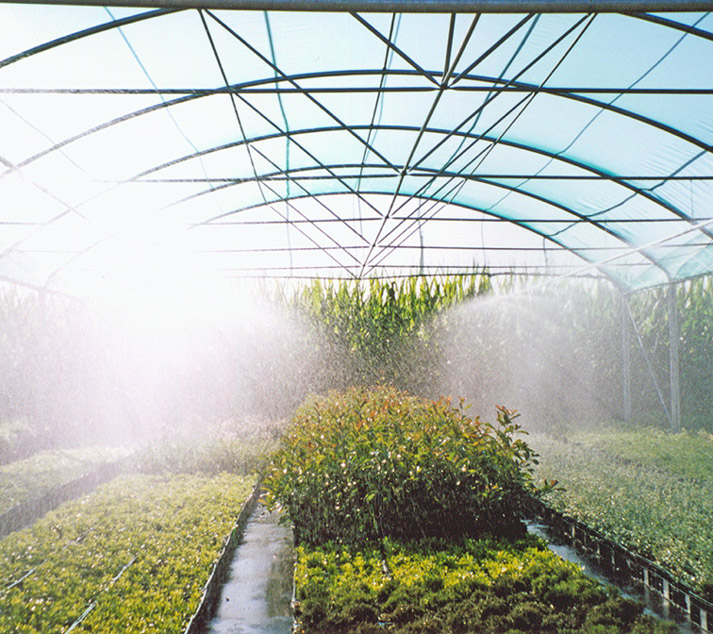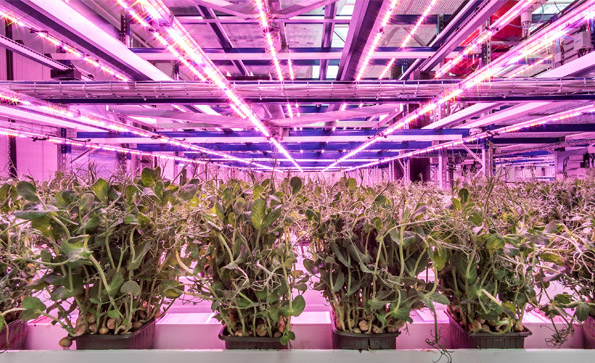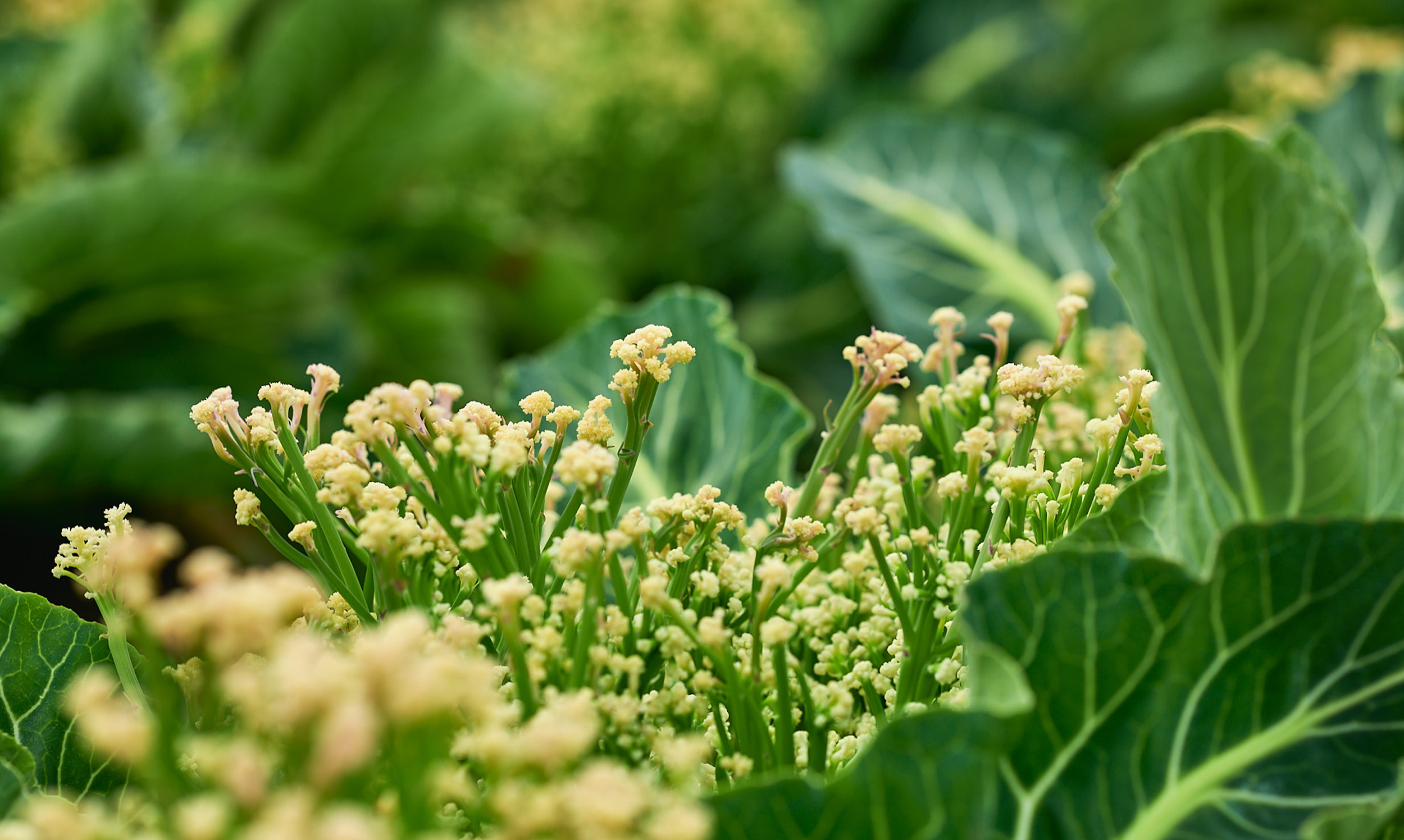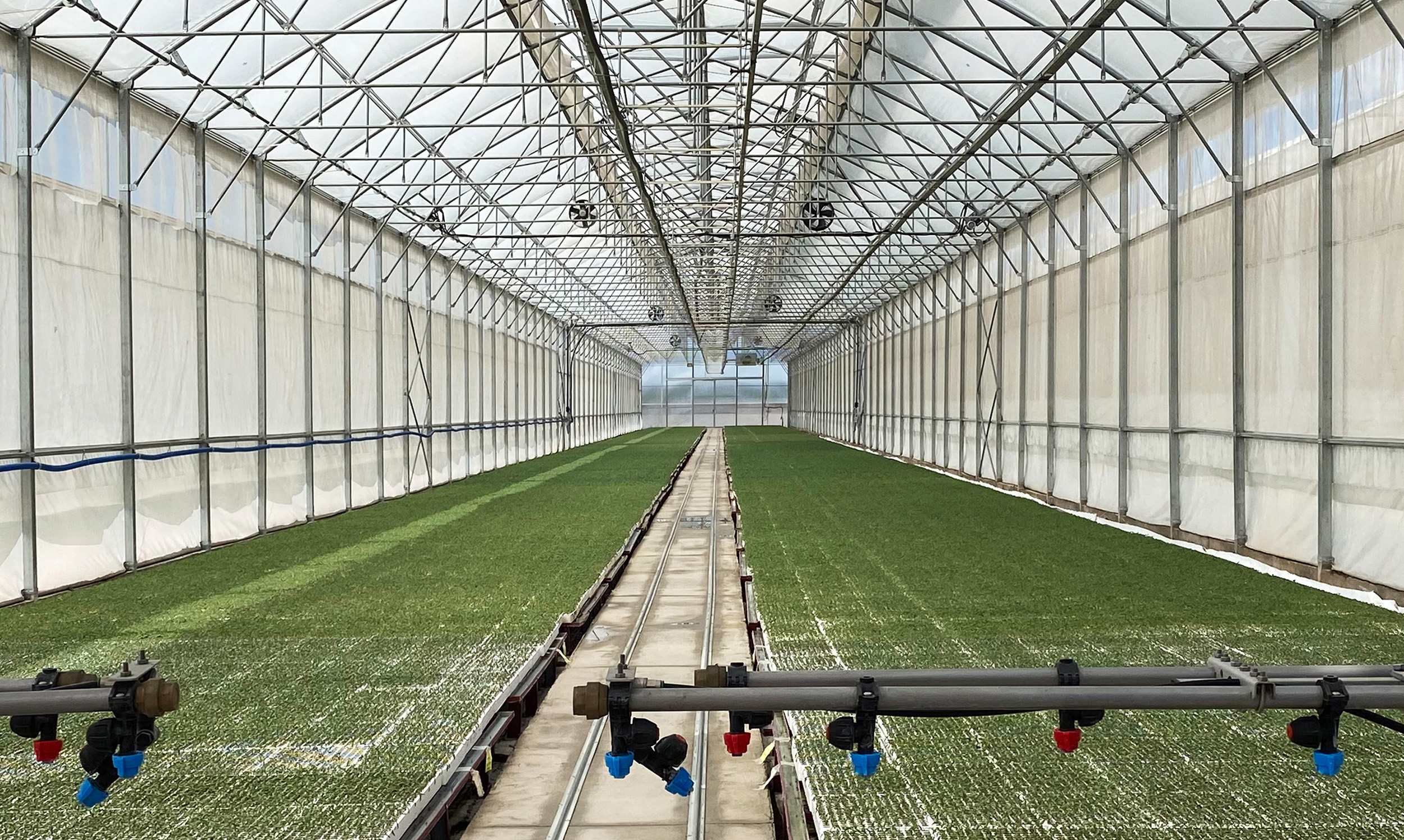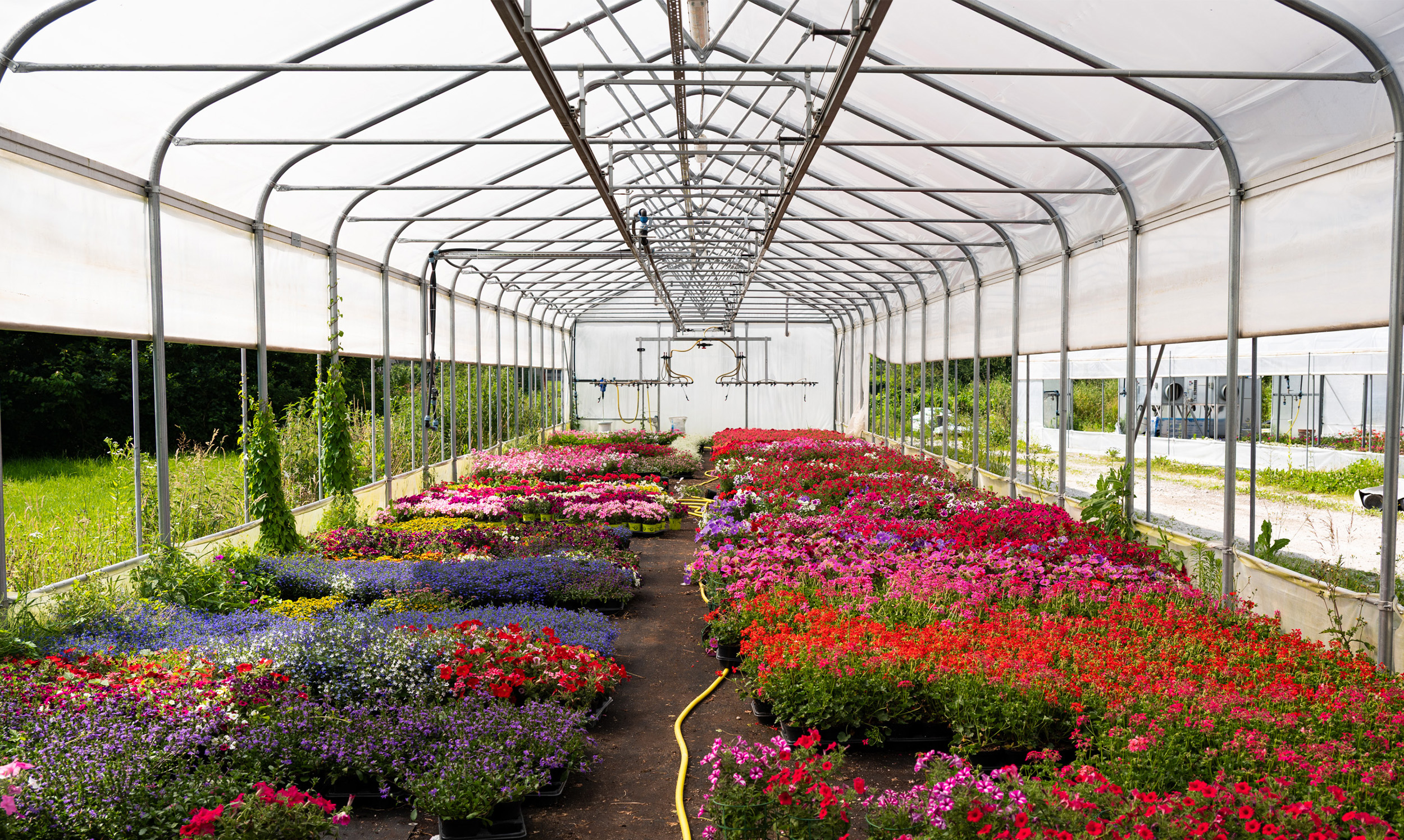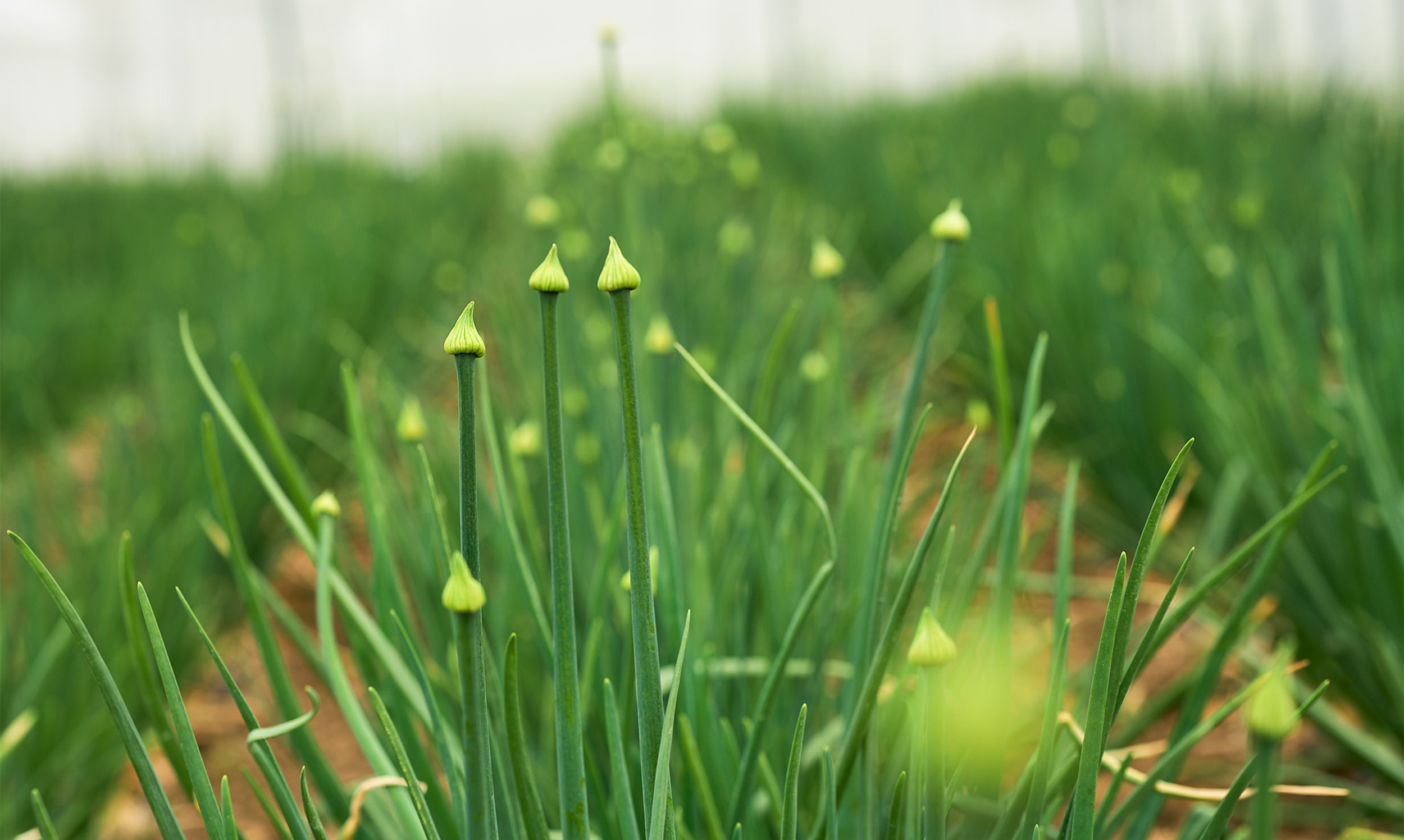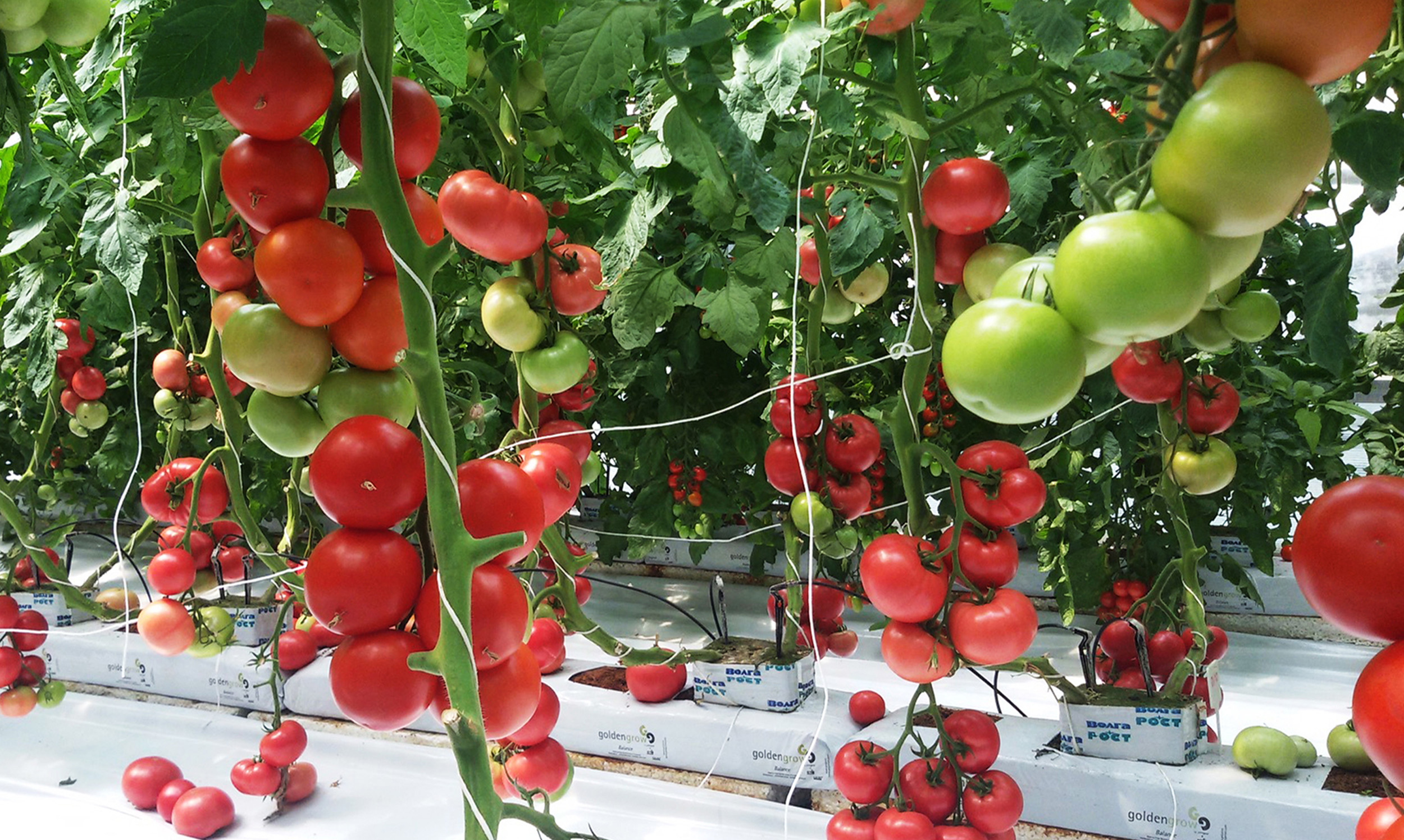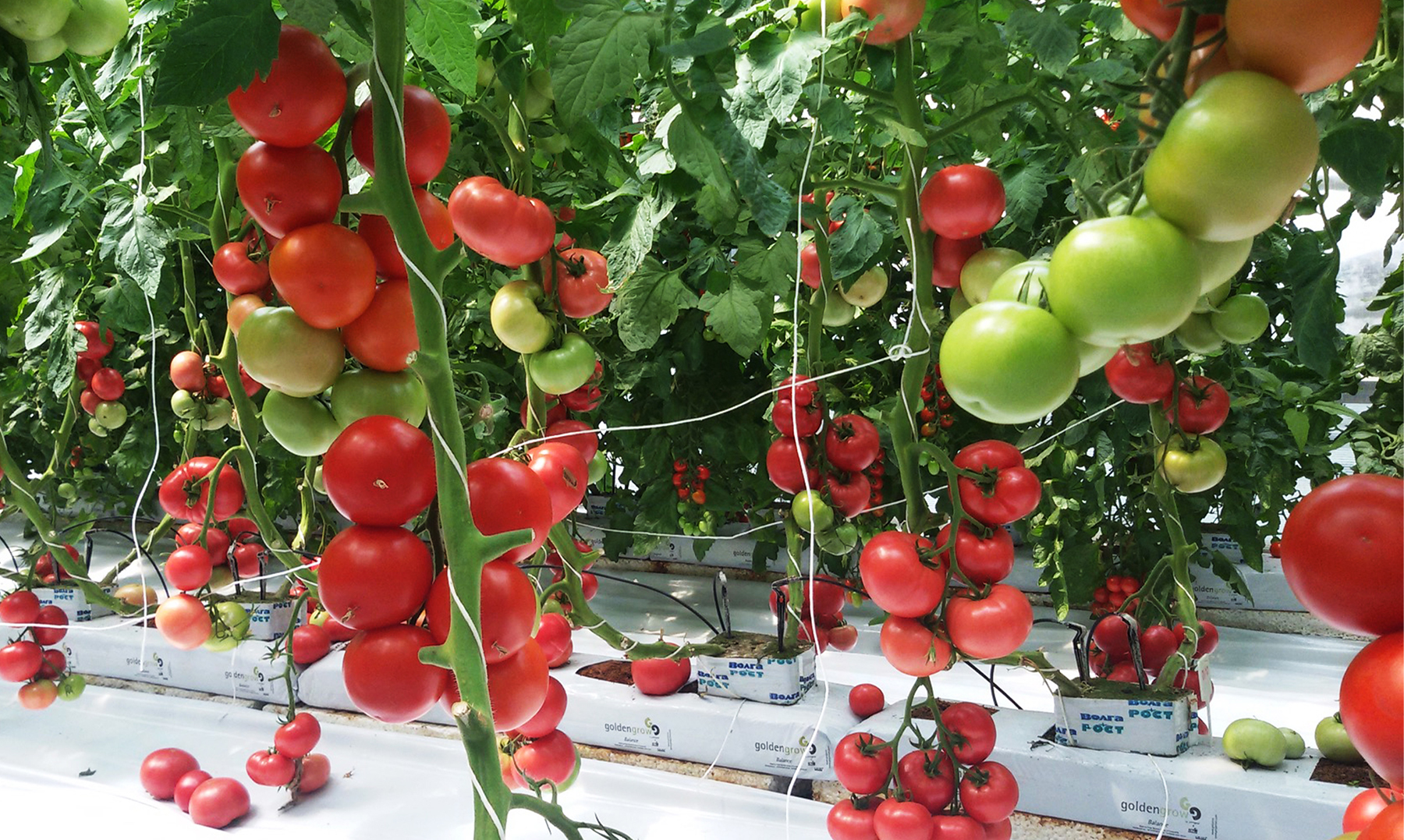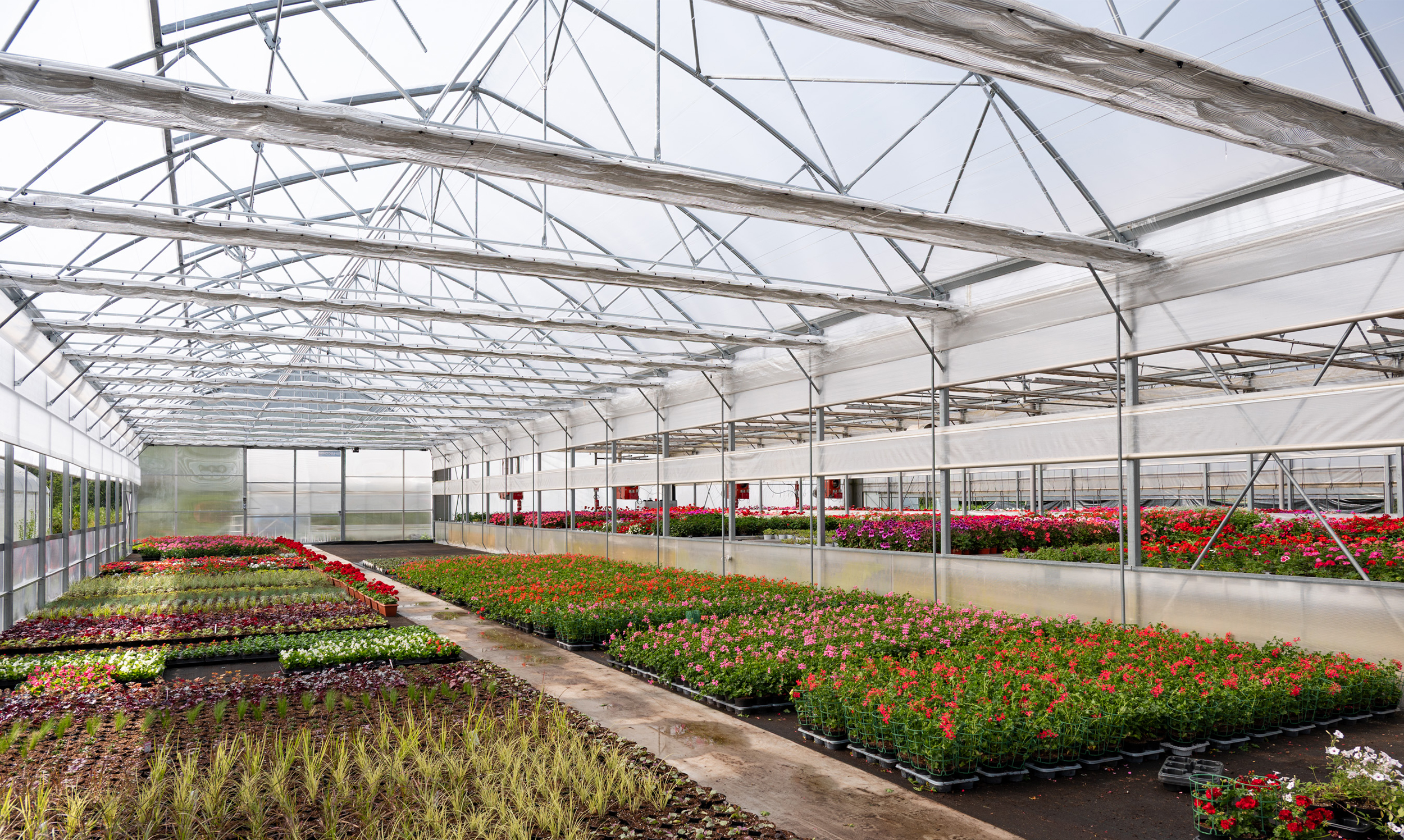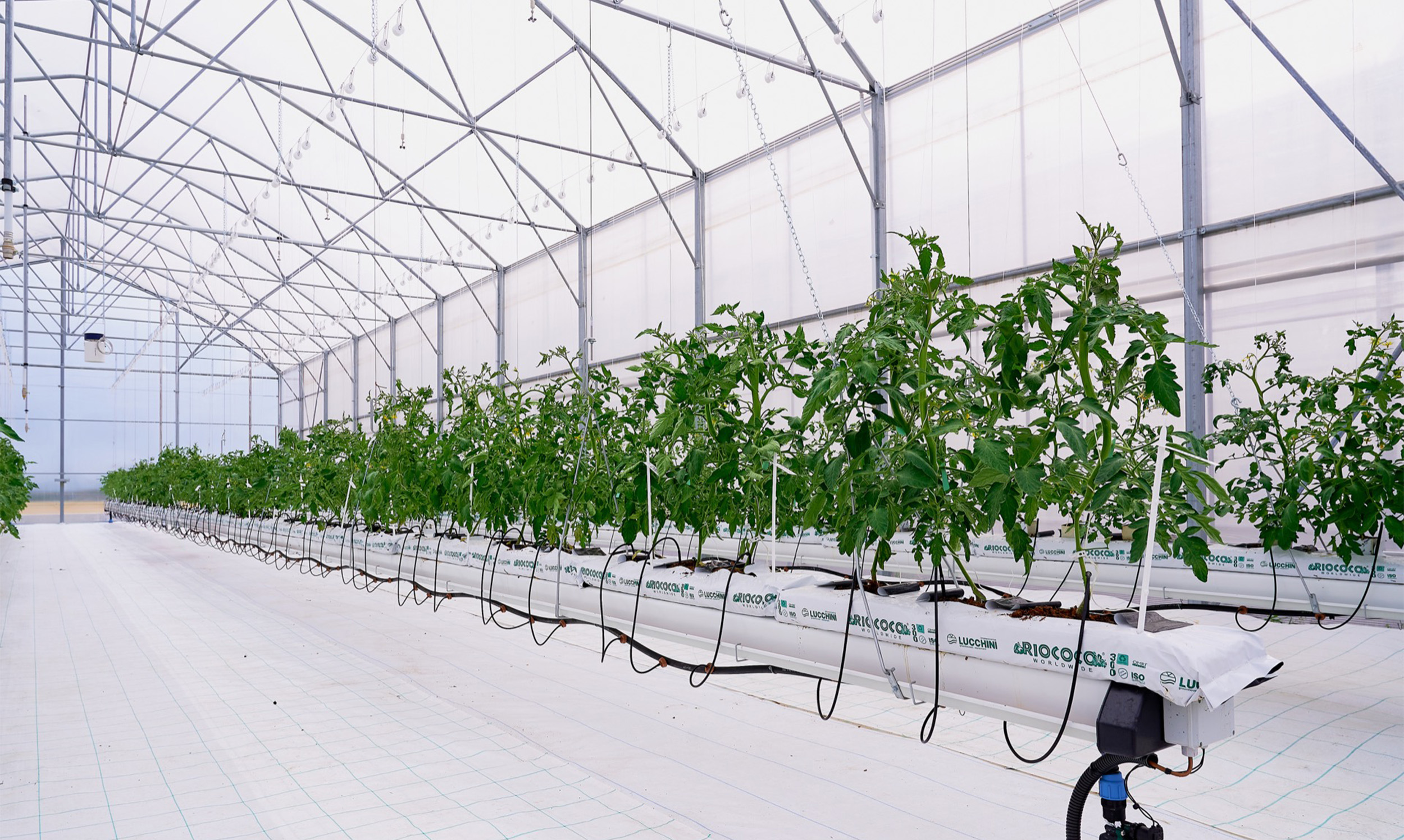Greenhouse cultivation is one of the most effective solutions for vegetable and flower growing, especially when outdoor weather is too harsh or unpredictable. However, even inside a greenhouse, managing climate conditions is essential to ensure healthy and productive plant growth. Idromeccanica Lucchini supports farmers with cutting-edge solutions and personalized consultancy to tackle every climate challenge and maximize crop yields. In this article, we’ll share 5 practical tips for effective greenhouse management under varying climatic conditions.
1) Temperature management: protect crops from thermal stress
One of the most critical aspects of greenhouse cultivation is controlling internal temperature. Temperature fluctuations between day and night, especially during transitional seasons (winter>spring and summer>autumn), can have devastating effects on crops. Tomatoes, eggplants, and berries are particularly sensitive to such temperature swings, which stress crops, slow growth, and promote disease development.
Temperature control in greenhouses can be approached in two main ways: active and passive climate management. Active climate control involves systems like heating, cooling, and ventilation that dynamically regulate temperature. Passive approaches focus on thermal insulation using specialized materials such as with our Defendo System, to maintain stable internal conditions. It’s also essential to implement buffer zones (greenhouses within greenhouses) to avoid extreme fluctuations, and to remotely monitor temperature using advanced sensors.
2) Light control: shielding from excessive solar radiation
Crops need light for photosynthesis, but they’re also sensitive to the intensity and duration of solar radiation. Too much light - especially during midday hours - can damage crops by causing thermal stress and reducing photosynthetic efficiency. As a global example: in places like the UAE, the sun is intense but light levels can still vary seasonally; in Finland, crops may receive too much light despite mild temperatures.
The solution is an automatic shading system that adjusts light intensity based on the sun’s position and the specific needs of the crops. Lucchini offers internal and external shading systems with automated controls that adapt to light variations, preventing sunburn and heat stress. Using light sensors, placed both inside and outside the greenhouse, allows for optimized shading, reduced energy consumption, and improved plant performance.
3) Ventilation: ensure proper airflow to prevent disease
Effective ventilation is key to maintaining a healthy greenhouse environment. High humidity combined with poor airflow can lead to the growth of pathogens and the accumulation of harmful gases, which reduce photosynthesis and slow down plant development. Maintaining a stable relative humidity around 70% is essential, along with ensuring continuous air exchange.
Idromeccanica Lucchini provides a wide range of active and passive ventilation solutions: exhaust fans, circulation fans, manual or motorized windows, and cooling panels are just a few of the available systems. Integrated humidity and temperature sensors help monitor and adjust internal greenhouse conditions in real time, avoiding excess humidity and improving photosynthesis efficiency.
4) Irrigation management: balance water and nutrient supply
Irrigation is one of the most delicate aspects of greenhouse management. During hot periods, crops require more water - but water resources may be limited or compromised by salts and other impurities. Irrigation must be evenly distributed to prevent water stress, which can damage root systems and slow growth.
Lucchini offers advanced automated irrigation systems, including fertigation units (mixing water with fertilizers) that optimize nutrient absorption by the crops. By using soil moisture sensors, irrigation can be tailored to the specific needs of each crop, reducing waste and optimizing water use. In water-scarce environments (an increasingly common challenge) Lucchini also recommends rainwater recovery systems and storage basins to ensure irrigation continuity even during critical periods.
5) Consulting and design: optimize your greenhouse with expert support
Every greenhouse is unique. Designing the ideal environment requires an engineering-based approach that considers not only the physical location but also the characteristics of the crops, sustainability goals, and local environmental regulations. That’s why Idromeccanica Lucchini provides specialized consulting services to help farmers design custom greenhouses and optimize every cultivation cycle.
Just like a living organism, a greenhouse needs regular maintenance to ensure long-term efficiency and reduce operational costs. Preventive maintenance, combined with continuous monitoring systems, helps detect and resolve any issues quickly, improving overall performance. Lucchini also offers data tracking software that monitors both internal and external climate conditions in real-time, providing actionable insights for effective greenhouse management and planning.
Lucchini: know-how for your greenhouse
With over 70 years of passion and experience, Idromeccanica Lucchini is the ideal partner for those seeking advanced solutions and personalized consulting in greenhouse horticulture and floriculture. Our monitoring systems, advanced climate control solutions, and data-driven approaches provide our clients with complete support to ensure top performance in any climate.
Contact us here to find out how we can help you design and manage an efficient, sustainable, and productive greenhouse.






